This week, we put AMD's new Radeon 9060 XT through its paces. Equipped with 16GB of VRAM, the card delivers impressive results for a mainstream GPU, offering a solid experience in modern titles at 1440p. Pricing remains a question – actual street prices have yet to settle – but purely on performance, it's a strong offering.
So, happy days – we finally have a decent entry-level GPU. Well, yes and no.
AMD being AMD, they couldn't just take a clean win. They love to mimic Nvidia, and that's rarely the right move. Rather than release a single, clearly defined product, AMD opted to follow in Nvidia's controversial footsteps, offering two dramatically different versions of the 9060 XT: one with 8GB of VRAM, and another with 16GB.
It's a move that mirrors Nvidia's launch of the RTX 5060 Ti earlier this year, where a near-universal consensus emerged: the 16GB model was acceptable, but the 8GB version was an anti-consumer abomination.
It's puzzling. AMD had a clear opportunity to avoid this exact situation – a chance to course-correct, save face, and boost brand reputation. But no, they chose to copy Nvidia's failed playbook and deliver two configurations under the same name, with very different long-term value.
Yes, GPUs have shipped with multiple VRAM options before. But historically, base configurations were sufficient for their time, and as a result, they aged well. That is not the case in 2025. With many modern games already pushing past the limits of 8GB, and more to come, selling graphics cards at $300 or $380 with just 8GB of memory feels out of step with today's needs – and tomorrow's expectations.
| Price MSRP | $300 / $350 | $330 | $380 / $430 | $400 / $500 |
| Release Date | Jun 5, 2025 | Jan 24, 2024 | April 16, 2025 | May 24, 2023 |
| Process | TSMC N4P | TSMC N6 | TSMC 4N | TSMC 4N |
| Die Size (mm²) | 199 mm² | 204 mm² | 181 mm² | 187.8 mm² |
| Core Config | 2048 : 128 : 64 | 2048 : 128 : 64 | 4608 : 144 : 48 | 4352 : 136 : 48 |
| L2 Cache (MB) | 32 MB | |||
| GPU Boost Clock | 3130 MHz | 2755 MHz | 2572 MHz | 2540 MHz |
| Memory Capacity | 8 GB / 16 GB | 16 GB | 8 GB / 16 GB | 8 GB / 16 GB |
| Memory Speed | 20 Gbps | 18 Gbps | 28 Gbps | 18 Gbps |
| Memory Type | GDDR6 | GDDR6 | GDDR7 | GDDR6 |
| Bus Type / Bandwidth | 128-bit, 320 GB/s | 128-bit, 288 GB/s | 128-bit, 448 GB/s | 128-bit, 288 GB/s |
| PCIe Bus Interface | PCIe 5.0 x16 | PCIe 4.0 x8 | PCIe 5.0 x8 | PCIe 4.0 x8 |
| Total Board Power | 150W / 160W | 190 W | 180 W | 160 W |
At least, AMD avoided making all of Nvidia's mistakes. So that's something.
To its credit, AMD has handled the review process with more transparency. While Nvidia went out of its way to hide the 8GB 5060 Ti from reviewers – telling board partners not to send out samples and delaying its release until a week after the 16GB model, AMD provided the 9060 XT for testing ahead of release and made no effort to hide the lower-spec model.
Still, that doesn't change the fundamental issue: 8GB is no longer enough, and releasing two versions of the same product without clear differentiation risks confusing consumers – or worse, misleading them.
We've been discussing the 8GB VRAM dilemma for months now. But numbers speak louder than frustration. So let's dive into the benchmarks and see just how much of a compromise the 8GB 9060 XT really is.
Test System
| CPU | AMD Ryzen 7 9800X3D |
| Motherboard | MSI MPG X870E Carbon WiFi (BIOS 7E49v1A4 - ReBAR enabled) |
| Memory | G.Skill Trident Z5 RGB DDR5-6000 [CL30-38-38-96] |
| Graphics Cards |
GeForce RTX 3060 |
| ATX Case | MSI MEG Maestro 700L PZ |
| Power Supply | Kolink Regulator Gold ATX 3.0 1200W |
| Storage | TeamGroup T-Force Cardea Z44Q 4TB |
| Operating System | Windows 11 24H2 |
| Display Driver | Nvidia GeForce Game Ready 572.52 AMD Radeon Adrenalin 25.5.1 / 25.10.09.01 (9600 XT Review Driver) |
Benchmarks
Doom: The Dark Ages
Starting our 9060 XT 8GB vs. 16GB comparison, we have Doom: The Dark Ages, tested at 1440p with FSR quality upscaling enabled. We used the Ultra preset – so not Nightmare or Ultra Nightmare, but the third-highest setting, simply labeled as "Ultra."
Here, the 16GB model was 17% faster in terms of average frame rate, with 27% higher 1% lows. That's a significant performance gain, though the 8GB model was still very usable.
That said, we're testing with a 9800X3D and high-speed DDR5 memory – an ideal configuration for minimizing the impact of limited VRAM. We'll change things up in a few of the other game tests to better illustrate different scenarios.
The Last of Us Part 2
Testing The Last of Us Part II at 1440p with FSR quality upscaling using the Ultra preset, we found the 16GB model averaged 84 FPS – making it 22% faster than the 8GB version and a massive 37% faster in terms of 1% lows.
Again, although the 8GB model was much slower, it was still generally usable. But as we noted in the Doom results, this represents a best-case scenario for the 8GB version. So let's change the testing environment.
Out of interest, we pulled out our old Core i7-8700K test system. While still a capable gaming CPU, the 8700K is limited to PCI Express 3.0 and uses slower DDR4 memory. Both factors create a significant bottleneck when the GPU runs out of local video memory. In this scenario, the 16GB model ended up being 52% faster – or an astonishing 190% faster for the 1% lows.
Comparing the 16GB card in the 9800X3D and 8700K systems, we see that performance is largely similar: just a 2% advantage in average frame rate for the 9800X3D and a 15% boost to 1% lows. This indicates that GPU compute performance is the primary bottleneck, not the CPU.
However, switching to the 8GB model reveals just how dramatically performance diverges between the 9800X3D and 8700K systems. This gap is due entirely to the PCIe interface and slower system memory. Since the 8GB model lacks sufficient local VRAM, game assets spill over into system RAM. To access them, data must pass through the PCI Express bus, then reach system memory via the CPU's memory controller.
This creates a bandwidth bottleneck. While the 9060 XT's VRAM offers 320 GB/s of bandwidth, PCIe 3.0 x16 is limited to just 32 GB/s – less than the 51 GB/s theoretical bandwidth of dual-channel DDR4-3200 memory. Upgrading to PCIe 4.0 x16 doubles the PCIe bandwidth to 64 GB/s, making system memory the next major bottleneck in most cases.
Using PCIe 5.0 x16, as we do with the 9800X3D, provides 128 GB/s of bandwidth. That's why the performance gap between the 8700K and 9800X3D systems is so large when VRAM capacity is exceeded.
Indiana Jones and the Great Circle
Moving on, we have Indiana Jones and the Great Circle. In this example, we're using the "Very Ultra" preset at 1440p with FSR quality upscaling. For the 8GB model, we reduced the texture pool size to Low, whereas the 16GB model could handle the Very Ultra texture pool setting.
In short, the higher you set the texture pool size, the larger the texture cache becomes. This allows the game to load more detailed assets, ensuring that you're consistently seeing the highest possible visual quality. With the Low setting, texture quality is noticeably degraded in several instances – particularly for distant objects – so overall, the game looks visibly worse compared to the Very Ultra setting used on the 16GB model.
So, in this case, the 8GB model is effectively "cheating" by rendering a lower-quality image, and yet it still ends up being slower. The 16GB model was 45% faster on average and delivered 62% higher 1% lows – clearly demonstrating how inadequate 8GB has become for modern gaming.
Worse still, increasing the texture pool size on the 8GB model causes performance to drop further. Using the High setting – which is still two steps below the 16GB model's Very Ultra setting – the 1% lows declined by 45% compared to the Low setting.
Comparing the 8GB model at High texture pool size to the 16GB model at Very Ultra, the 16GB card was 140% faster in terms of average frame rate and 196% faster for 1% lows.
In a subsequent test, we progressed further into the game. Here, both GPUs used the Very Ultra preset with no manual adjustments. By the end of this benchmark, the 16GB model was 184% faster on average and 206% faster for the 1% lows. The 8GB model was barely usable, while the 16GB version delivered a smooth, high-refresh-rate experience.
Finally, it's worth noting that Indiana Jones and the Great Circle includes support for Path Tracing, which must be enabled manually. However, if your GPU only has 8GB of VRAM, the option doesn't even appear – it's simply unavailable.
With 16GB, though, the 9060 XT can enable Path Tracing, and using the Medium setting, we saw great results with an average of 91 FPS. So, it's a pass for the 16GB model and a complete fail for the 8GB version.
Horizon Forbidden West
Next, we took a quick look at Horizon Forbidden West. We'll stick to a single test here, as we already analyzed the impact of 8GB VRAM in this title during our 5060 Ti review – and the same limitations apply to the 8GB 9060 XT. In short: both struggle.
Using the Very High preset at 1440p with quality upscaling, the 16GB version of the 9060 XT delivered an impressive 95 FPS on average, with 1% lows just above 60 FPS – resulting in a smooth, highly playable experience.
The 8GB version, however, was a different story. In this test, the 16GB model was nearly 100% faster in both average frame rate and 1% lows. That's a shocking performance gap for two products with the same name.
Dragon Age: The Veilguard
We also ran a quick test with Dragon Age: The Veilguard at 1440p using FSR quality upscaling and the Ultra preset. The 16GB version of the 9060 XT managed a solid 60 FPS on average – making it 62% faster than the 8GB model.
However, the 8GB card frequently ran into severe stuttering, rendering the game practically unplayable. That's unfortunate, because with 16GB of VRAM, the experience was smooth and enjoyable.
Monster Hunter Wilds
Moving on to Monster Hunter Wilds, there are a few important points to cover. First, testing was conducted at 1440p with FSR set to Quality and the Ultra preset enabled. Under these conditions, the game uses up to 14 GB of VRAM, which is fine for the 16GB model but clearly a major problem for the 8GB card. As a result, several issues occur.
First, frame rate performance suffers significantly – the 16GB card was 46% faster on average.
Second, frame time stability completely collapses, dropping to a 1% low of just 1 FPS, resulting in a choppy and inconsistent experience. Third, the game isn't even rendered correctly on the 8GB card, with large sections of missing textures that create a flat, muddy-looking image.
Stalker 2: Heart of Chornobyl
Next, we looked at how these two GPU configurations perform in Stalker 2, using the Epic quality preset at 1440p with Quality upscaling. This comparison is night and day.
With just 8GB of VRAM, the game is essentially unplayable at these settings, while the 16GB card maintained around 60 FPS on average. Overall, the 16GB card was 145% faster in average frame rate and 180% faster in 1% lows.
In a follow-up test, we dropped the quality preset from Epic to High. This resulted in double the performance on the 8GB model, but it still wasn't enough to provide a smooth experience. Meanwhile, the 16GB card became even more usable, averaging over 60 FPS – making it about 50% faster in this scenario.
It wasn't until we lowered the settings to Medium that the 8GB model could match the performance of the 16GB version. However, with the 16GB card, it's possible to use Medium settings and manually max out texture quality to improve visuals without any noticeable drop in performance.
Clair Obscur: Expedition 33
Clair Obscur: Expedition 33 ran reasonably well on the 8GB model. However, we only tested the scene shown here, so it's very possible performance could be worse in other sections of the game.
Even so, the 8GB card exhibited frame time stuttering that wasn't present on the 16GB model. While average frame rates were similar, the 16GB version saw up to a 78% improvement in 1% lows.
The Elder Scrolls IV: Oblivion Remastered
Moving on to Oblivion Remastered, our first test was conducted at 1440p with Balanced FSR upscaling and the Ultra preset. These settings completely broke the 8GB model, reducing it to an average of just 19 FPS and 1% lows of 10 FPS – clearly unplayable by any standard.
The 16GB model, on the other hand, averaged 66 FPS with 1% lows of 52 FPS, offering smooth and consistent gameplay – a dramatic improvement.
In a second test, we switched to the High preset while using Quality FSR upscaling. Even with these lowered settings, the 16GB model still delivered significantly better results, averaging 79 FPS – 68% faster than the 8GB version and 121% faster in terms of 1% lows.
Dune: Awakening
Although the full game isn't out yet, a demo of Dune: Awakening is available, so we took a look. We tested it at 1440p with Quality FSR upscaling and the Ultra preset.
These settings ran very well on the 16GB 9060 XT, achieving over 80 FPS indoors and more than 100 FPS outdoors. In comparison, the 16GB model was 19% faster on average and 15% faster in 1% lows than the 8GB version. This suggests the game will likely require more than 8GB of VRAM for optimal performance.
Marvel's Spider-Man 2
Lastly, we tested Marvel's Spider-Man 2 at 1440p using the Very High preset with Quality upscaling. The 16GB card averaged over 90 FPS – nearly 70% faster than the 8GB version. More impressively, 1% lows were improved by 97%. The 8GB card also experienced frequent frame time stutters, making the overall experience poor despite technically playable frame rates.
Out of curiosity, we switched to the Medium preset and enabled High ray tracing. Under these settings, the 16GB model still delivered about 90 FPS, while the 8GB card dropped to just 47 FPS with 1% lows of 28 FPS. That makes the 16GB model over 90% faster in this configuration.
Ratchet & Clank: Rift Apart
For this comparison, we're also including Ratchet & Clank: Rift Apart, a game we've mostly skipped in previous 8GB vs. 16GB tests. However, it's a visually impressive title that demands a fair amount of VRAM.
At 1440p with quality upscaling, the Very High preset is particularly memory-hungry, using around 13 GB when available. As a result, the 16GB 9060 XT was much faster – 90% faster in average frame rate, and an incredible 367% faster for 1% lows. Generally, this game runs smoothly, but on the 8GB model, you get hardware-based traversal stutter essentially as a built-in "feature."
F1 25
F1 25 is a newly released title, and like many modern games, it's heavy on VRAM. Using the second-highest preset – Ultra High – at 1440p with quality upscaling, the 16GB 9060 XT averaged 72 FPS, making it 71% faster than the 8GB model, which was limited to just 42 FPS.
Downgrading to the High preset significantly improves performance on the 8GB model, but even then, the VRAM buffer is exceeded. In this scenario, the 16GB version remained 30% faster on average and 37% faster for the 1% lows – a substantial margin for two products sharing the same name.
Performance deteriorates further for the 8GB card when switching to the Core i7-8700K. And just to be clear, we're still using the dialed-down High preset here. The 16GB model suffered only a minor performance drop with the slower CPU, while the 8GB card fell apart – averaging under 40 FPS. This made the 16GB version roughly 375% faster.
Out of curiosity, we tried the Very High preset on the 8700K, and it went very badly for the 8GB model – "broken" is the most accurate word to describe it – while the 16GB card remained perfectly playable at over 60 FPS.
What breaks performance on the 8GB card is that F1 25 doesn't attempt to dynamically scale down visual quality to preserve frame rate. Instead, performance takes the hit, and the result is poor playability.
Forza Horizon 5
Finally, we looked at Forza Horizon 5, another game we hadn't yet included in our VRAM comparison tests. We figured it was about time. Testing was done at native 1440p, as this game is generally very easy for the 9060 XT to run – even at the Extreme preset.
The 16GB model delivered 131 FPS on average, making it 22% faster than the 8GB version. That said, the 8GB card was still very usable here, though clearly slower.
However, when we downgraded the CPU to the 8700K, things took a turn for the worse for the 8GB card.
In this configuration, the 16GB version still delivered smooth and highly playable performance, making it 126% faster than the 8GB card in average frame rate and 189% faster for the 1% lows. The 8GB model's overall performance was poor enough to make the game very difficult to enjoy.
What We Learned
So there you have it – despite supporting full PCIe 5.0 x16, the 8GB version of the 9060 XT is still significantly slower than the 16GB version when the VRAM buffer is exceeded, which in 2025 is relatively easy to do. That trend will only continue.
The extra PCIe bandwidth certainly helps compared to something like the RTX 5060 Ti, which is limited to just eight lanes, but in the case of the 9060 XT, system memory bandwidth becomes the primary bottleneck.
You won't see many 8GB 9060 XTs available at retail, most are destined for pre-built systems. These machines are advertised as having a "9060 XT" or "5060 Ti," but inside, it's the 8GB version.
Keep in mind, most of our testing was done using a Ryzen 7 9800X3D paired with low-latency DDR5-6000 memory. In a dual-channel configuration, this setup offers a theoretical bandwidth of 96 GB/s.
That figure drops significantly if you're using DDR4 on an older platform – like a Ryzen 7 5800X3D, for example. So much of what we've shown here represents a best-case scenario when exceeding the VRAM buffer.
This was clearly demonstrated in the examples using the Core i7-8700K, where the 16GB version experienced only a slight performance drop, while the 8GB model was nearly unusable in most cases.
It's a real shame that AMD felt the need to release an 8GB graphics card in 2025. Shame on them, it's a weak move. AMD had a real opportunity to push the industry forward and help improve the state of PC gaming. Yes, Nvidia is the market leader, and meaningful change likely requires their involvement. But had AMD led the way by offering more VRAM, it would have made their products more attractive and might have pressured Nvidia to finally move away from 8GB GPUs in the mainstream market.
Making matters worse was AMD's misleading marketing ahead of the 9060 XT launch, claiming that "most gamers only need 8GB of VRAM." This is one of those misleading technicalities. Most games do "work" with 8GB of VRAM because most gamers have 8GB of VRAM.
Whenever a developer exceeds that limit, the game gets slammed as "unoptimized" – either for poor performance or for degraded visuals caused by missing textures – while many gamers remain unaware of what's really happening.
Yes, there are poorly optimized games out there, but that's not always the root cause. Increasingly, 8GB graphics cards are the real problem, as shown in many of our test results today. And there are plenty more titles where performance seems okay, but the visuals suffer dramatically. We've demonstrated this many times in the past.
At this point, 8GB GPUs are actively harming PC gaming experience, and both AMD and Nvidia are responsible.
But why are AMD and Nvidia still releasing 8GB GPUs in 2025? One reason: profit. These products are built to extract as much money as possible from budget-conscious gamers, while giving them less in return. You won't see many 8GB 9060 XTs available at retail, most are destined for pre-built systems. These machines are advertised as having a "9060 XT" or "5060 Ti," but inside, it's the 8GB version.
If you're reading this review, you're almost certainly a PC hardware nerd like us, but that doesn't represent the average unsuspecting gamer, who makes up the majority of the market.
The average gamer isn't spending hours researching GPU specs or watching hardware reviews. Most just want to buy a system and enjoy their games. So they see a 9060 XT or 5060 Ti in the spec sheet and assume they're getting a good product. What they don't realize is that the 8GB variant will require an upgrade far sooner, which AMD, Nvidia, and system integrators all see as a win – except for the customer, of course.
So when AMD's Frank Azor posts online about "giving gamers more choice," that's nonsense. The truth is AMD is contributing to the degradation of gaming standards. They've become part of the problem – not the solution. Selling two versions of the 9060 XT is anti-consumer, and while the 8GB model should at the very least have a different name, in reality, it shouldn't exist at all in 2025.
Over the coming weeks, we plan to release additional 8GB vs. 16GB testing for both the GeForce RTX 5060 Ti and Radeon 9060 XT across PCIe 3.0, 4.0, and 5.0 configurations, so stay tuned for that (retro look of that same test back in 2023 here!). For now, please avoid the 8GB versions of the 5060 Ti and 9060 XT – really, unless you can get one for under $200, you shouldn't be buying any 8GB GPU in 2025.

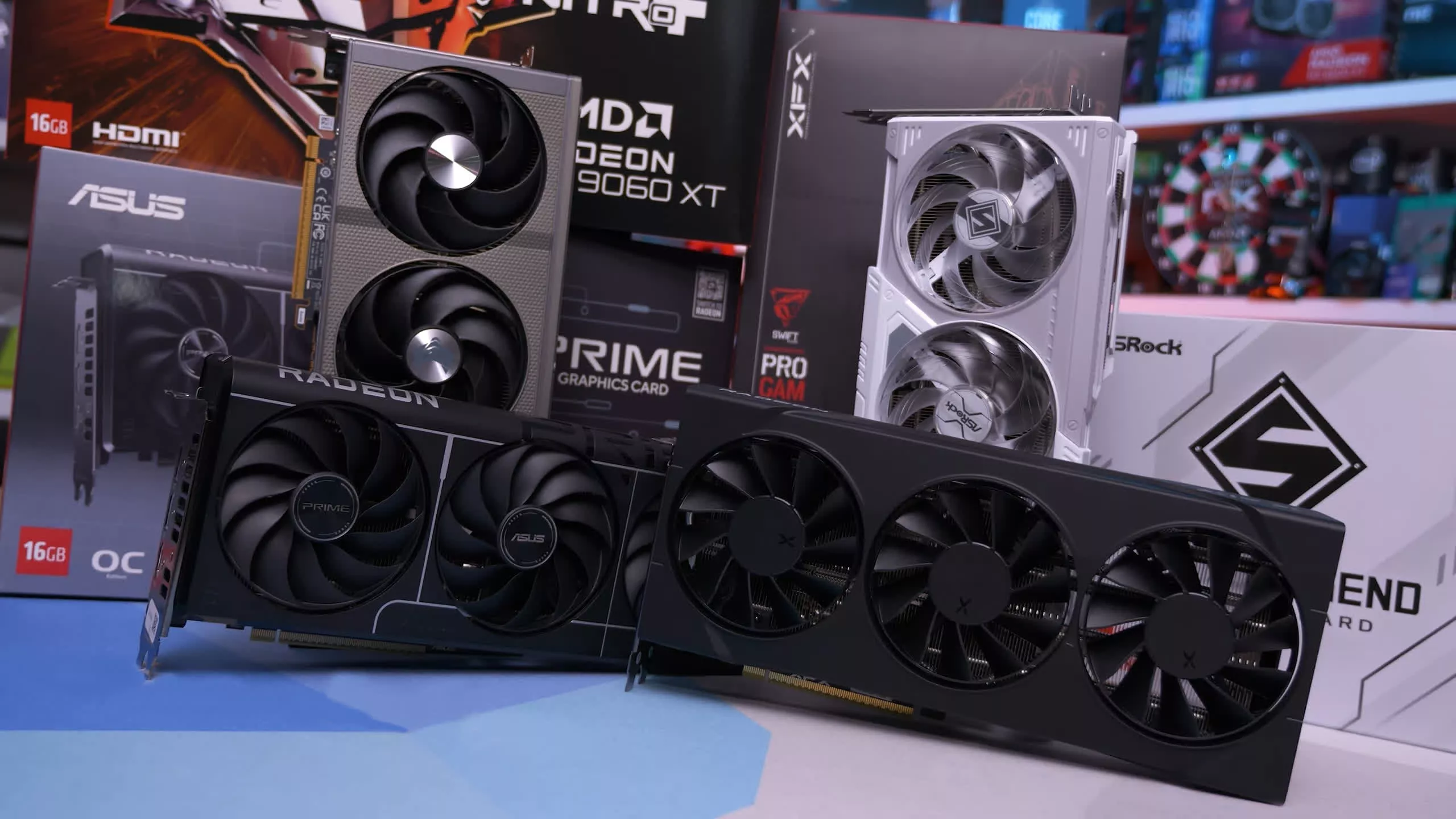
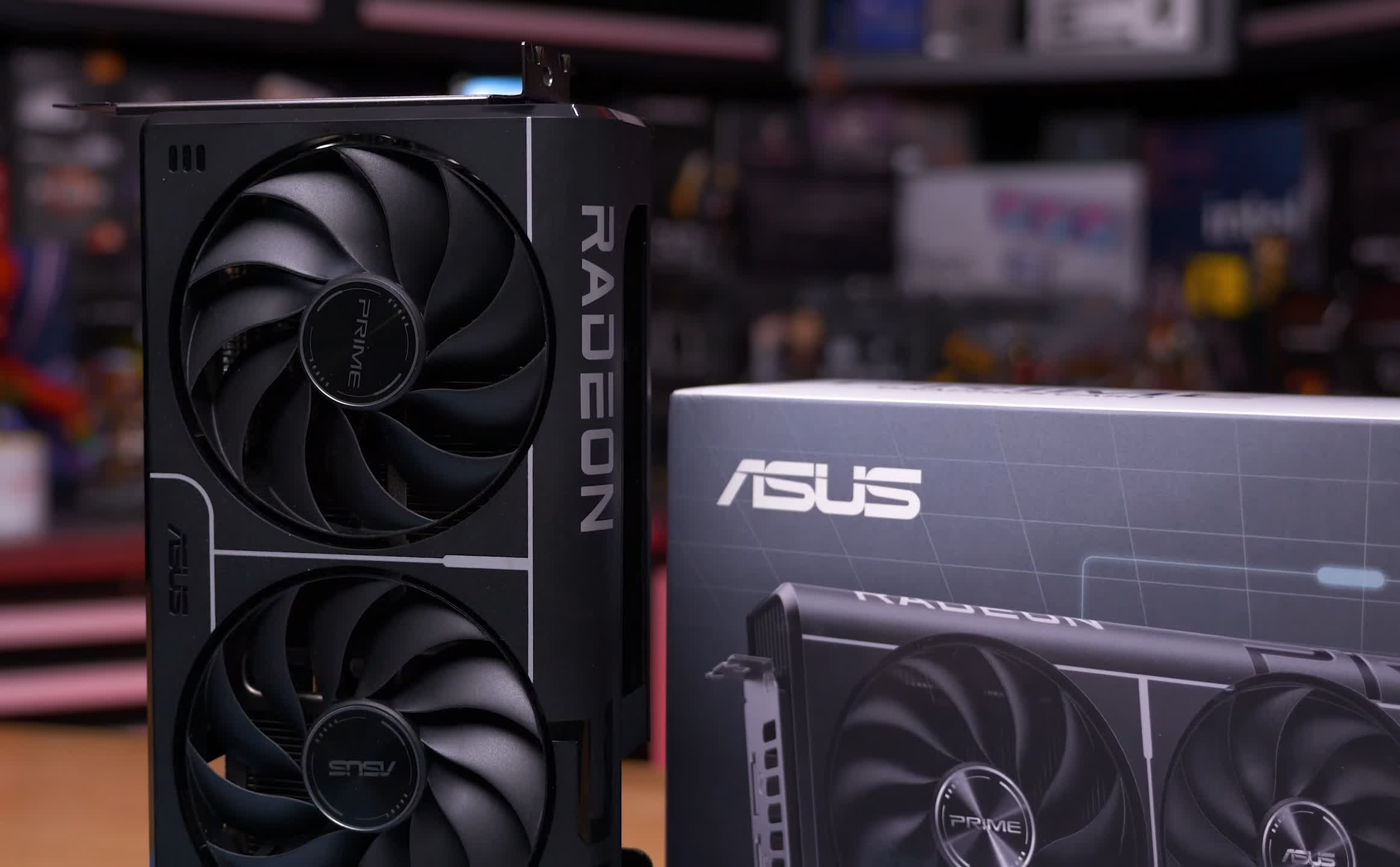
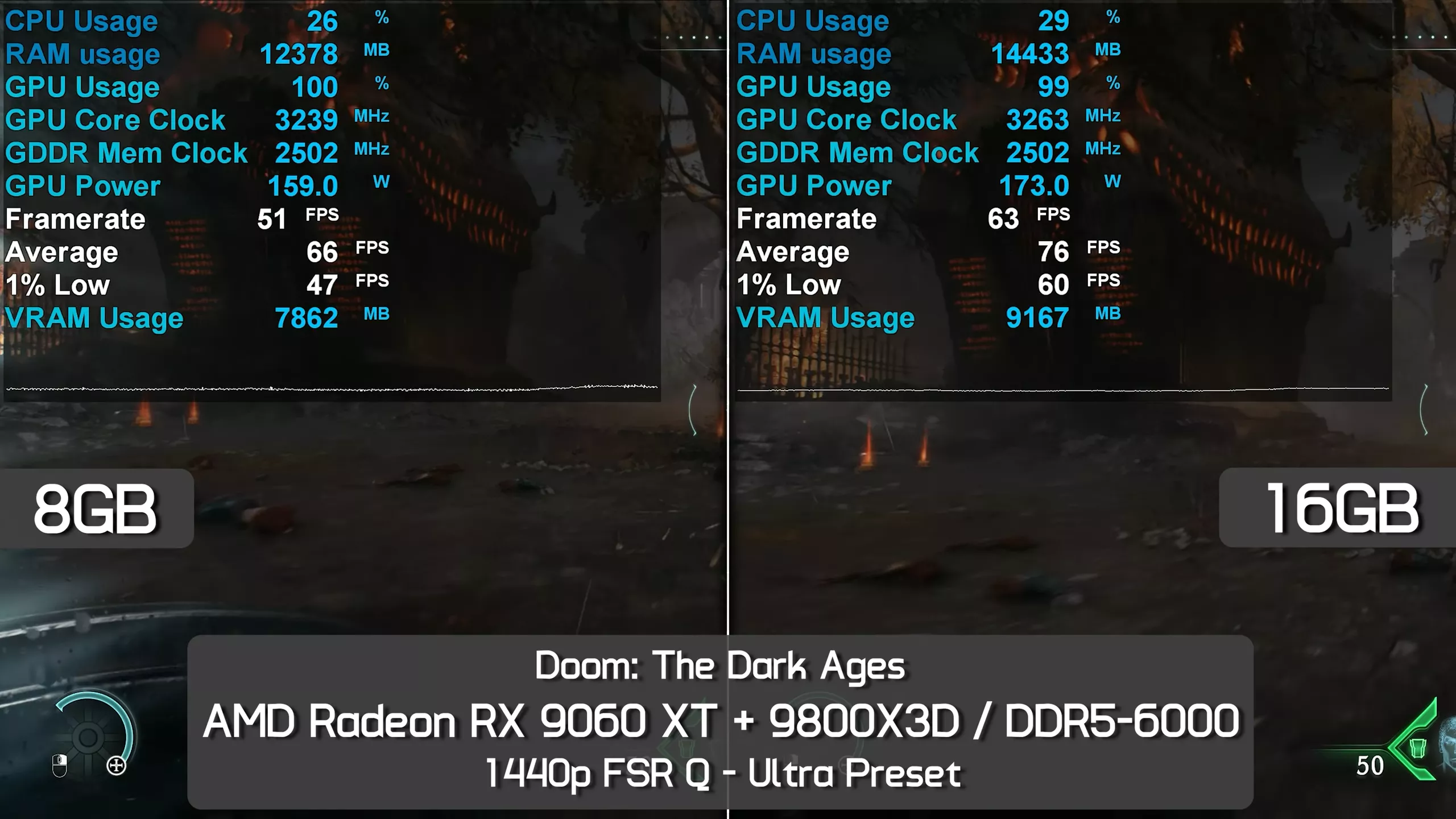
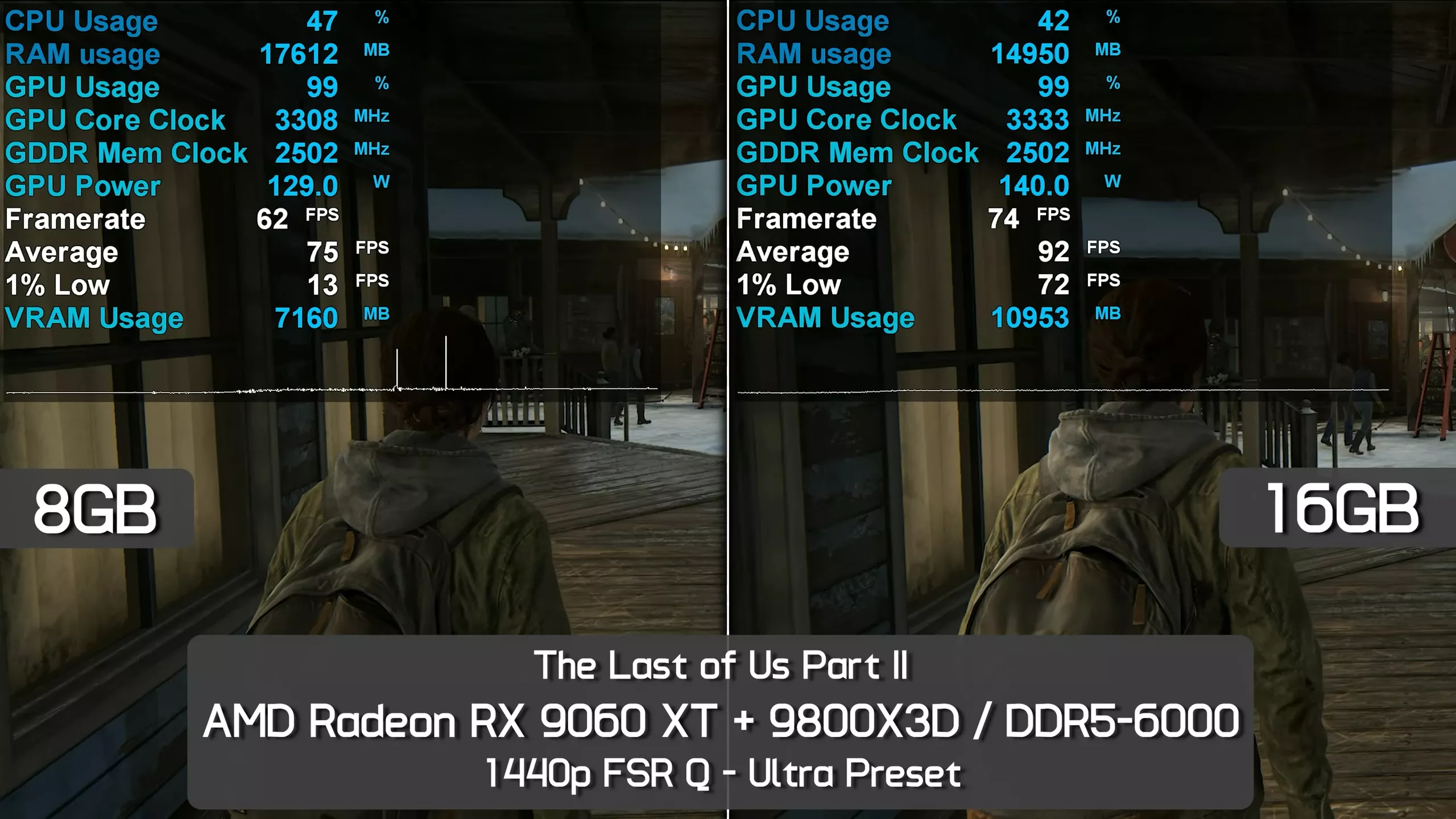
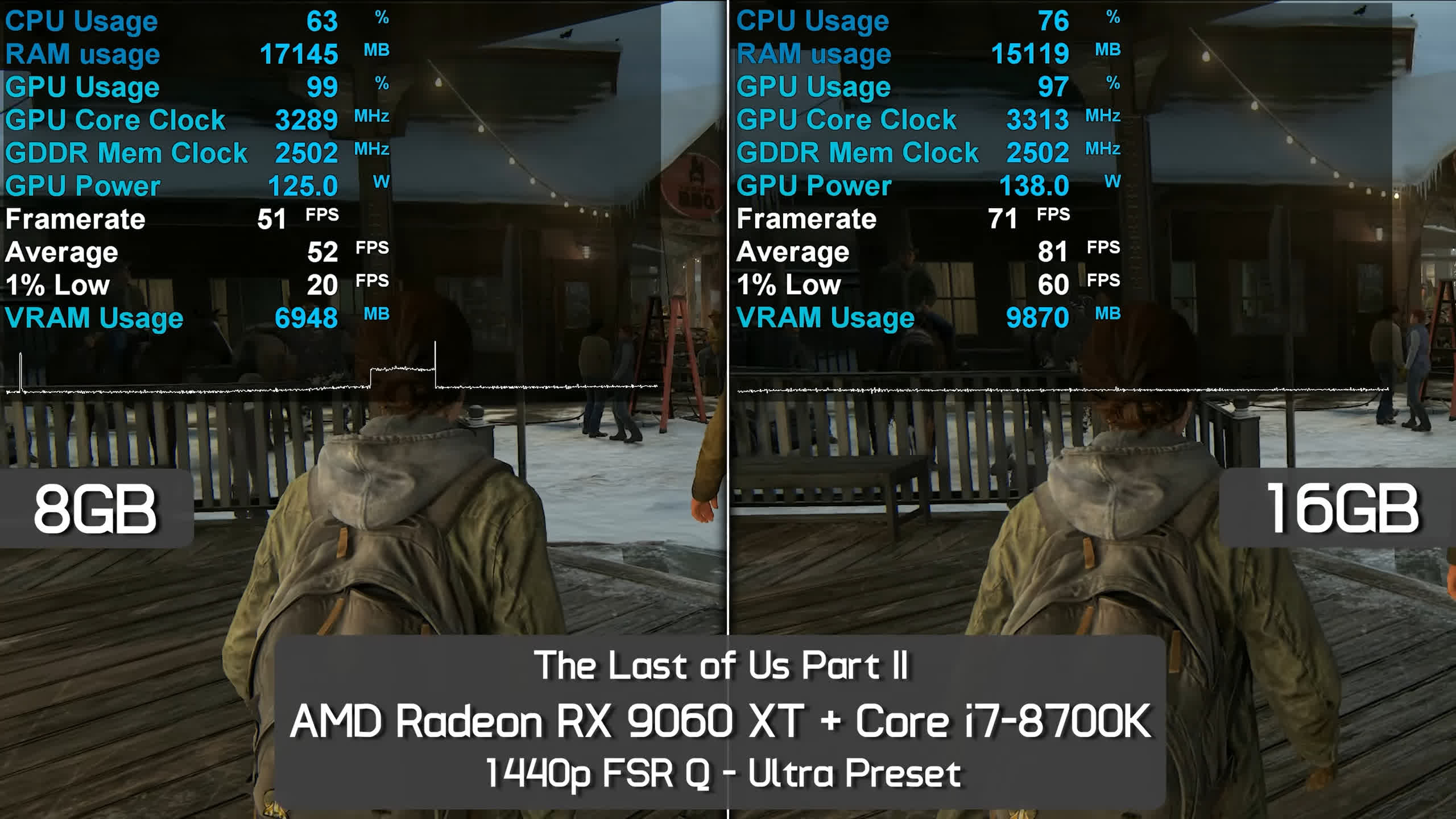
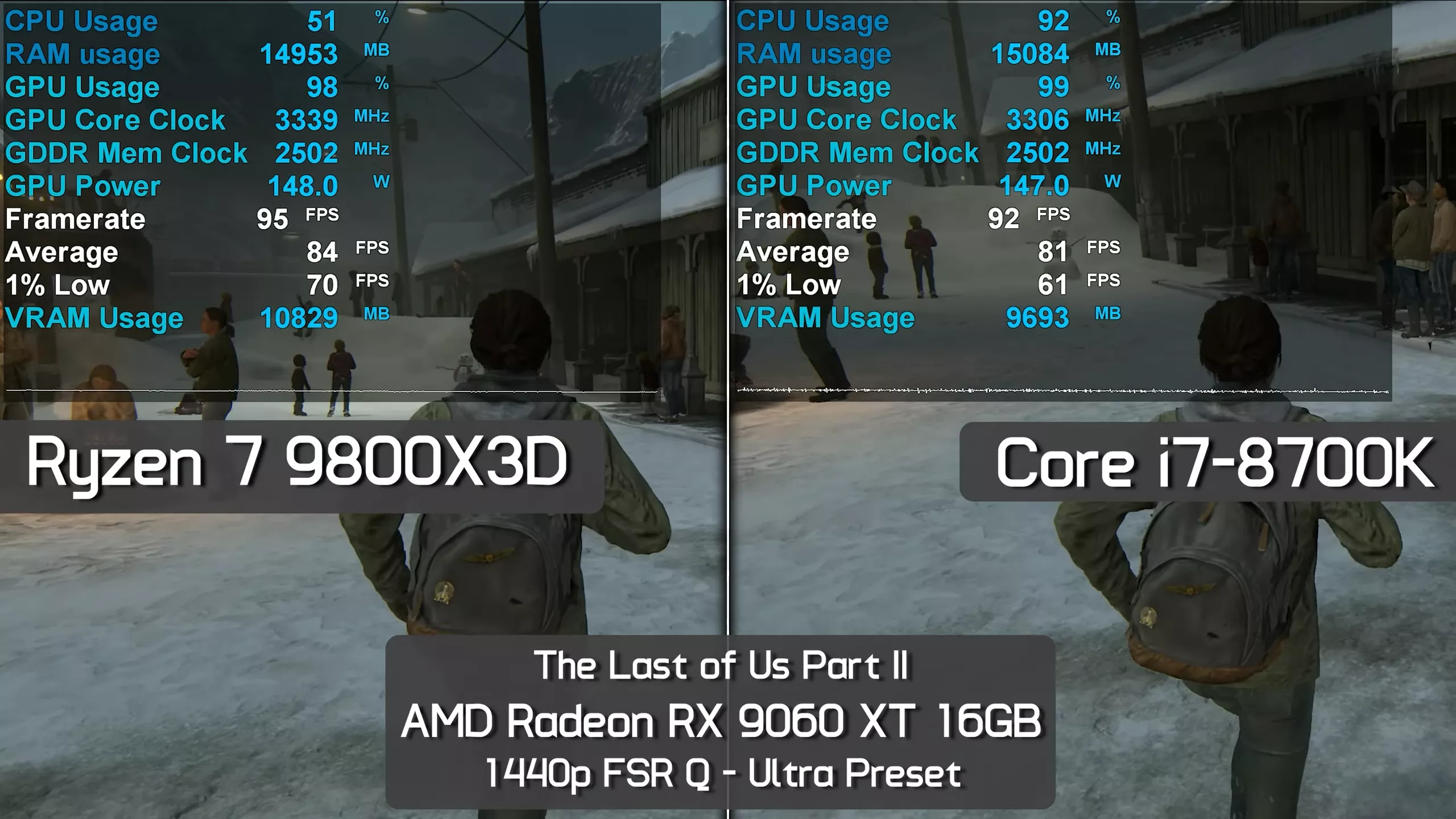
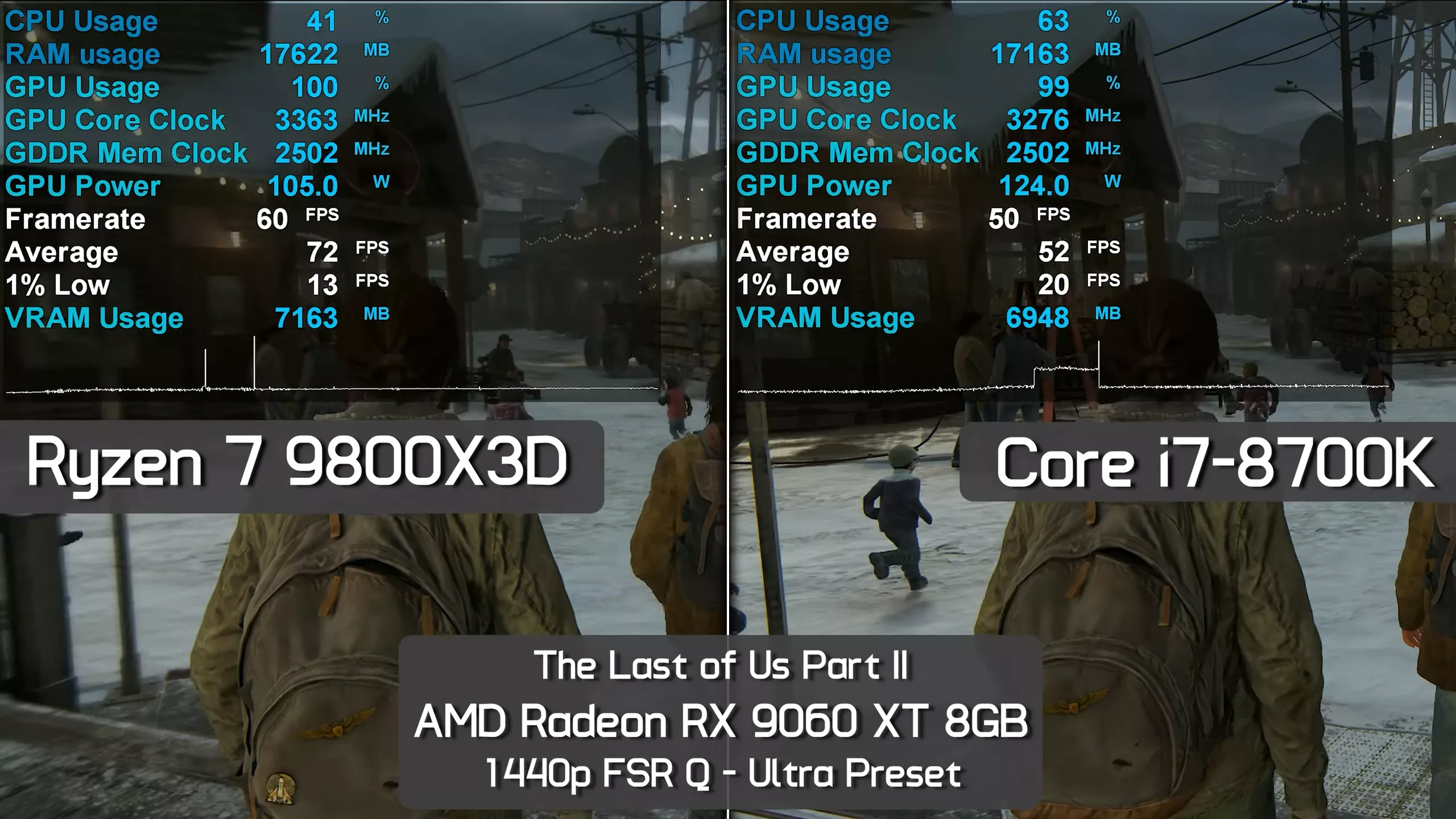
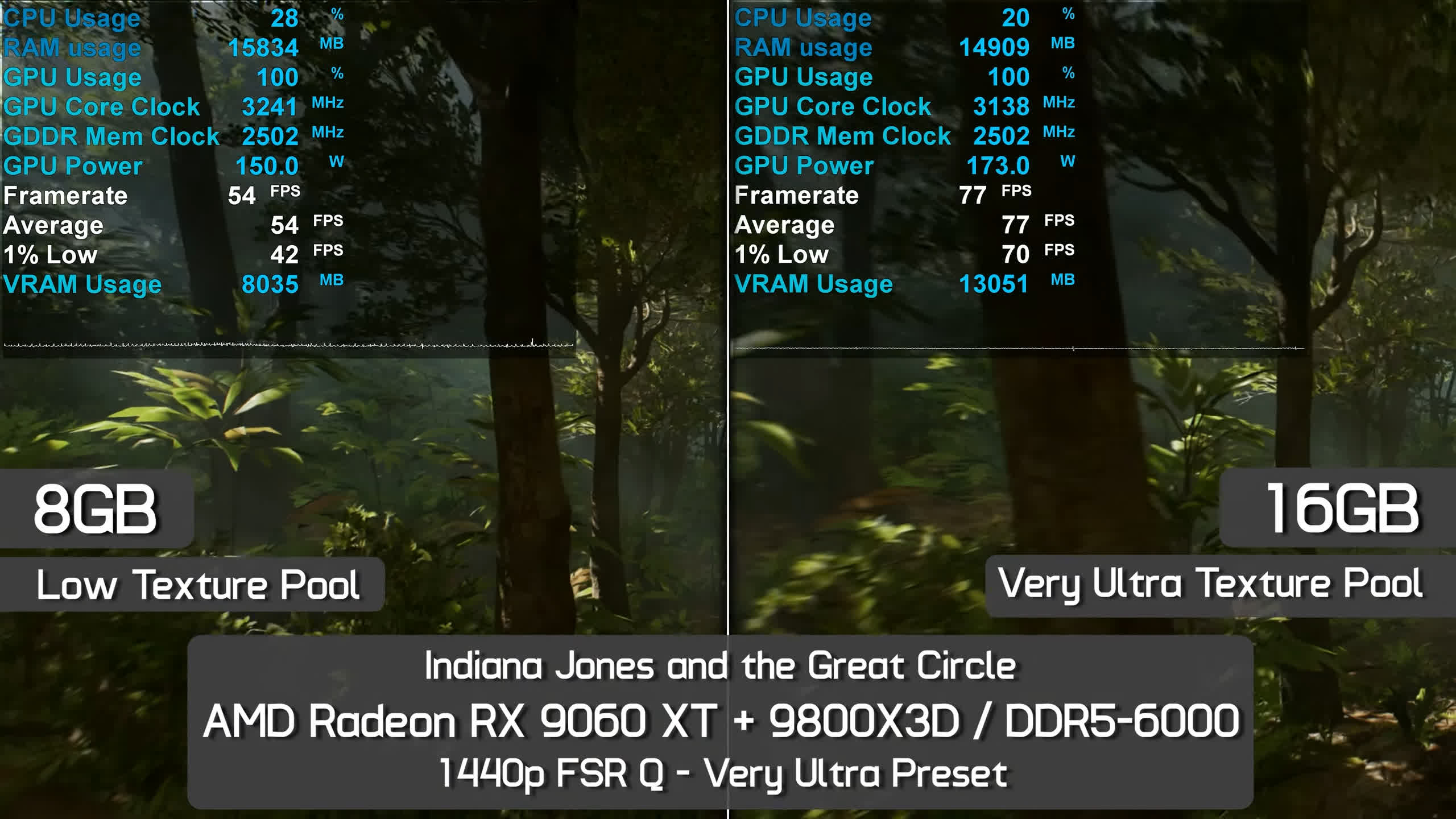
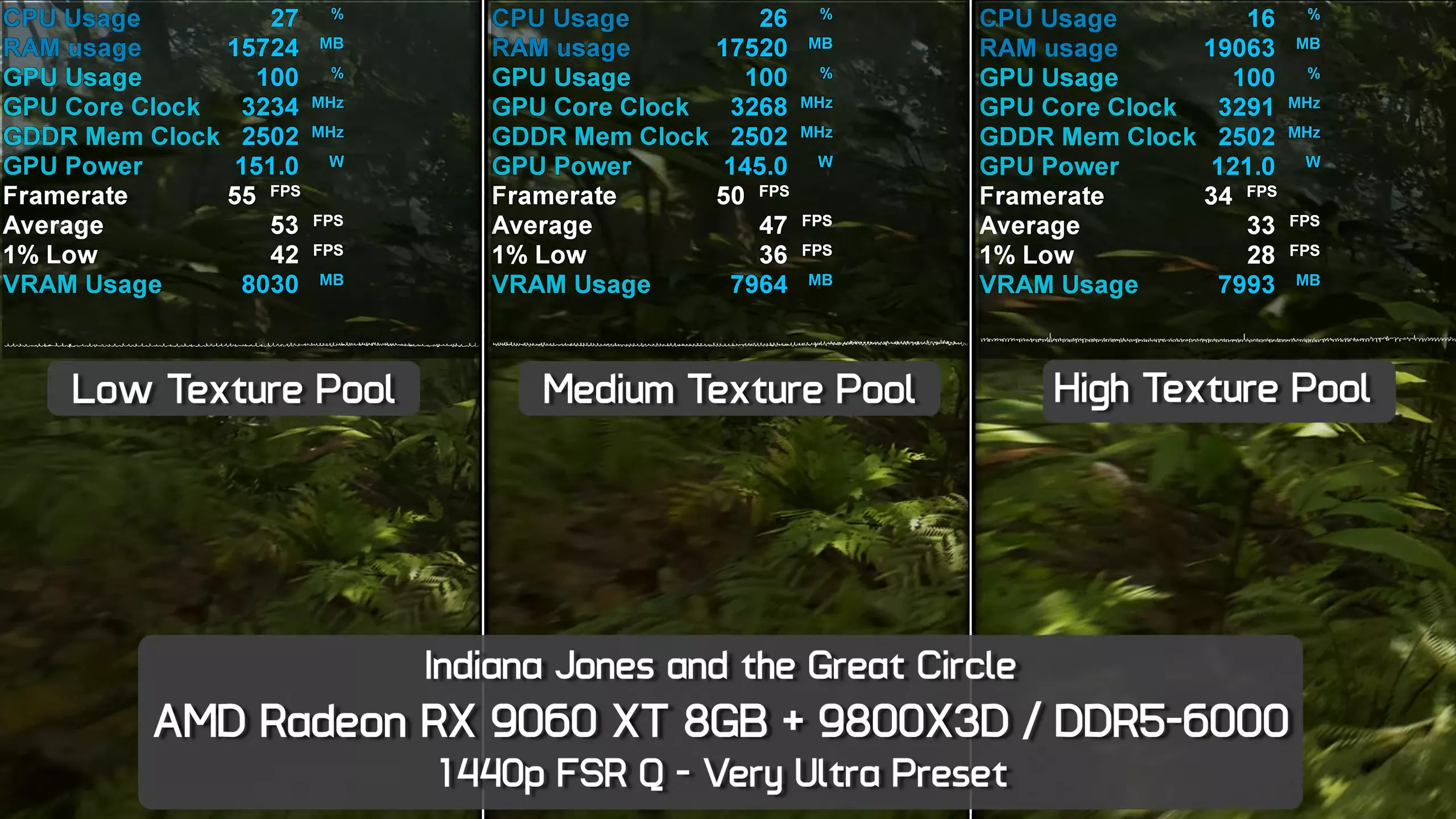

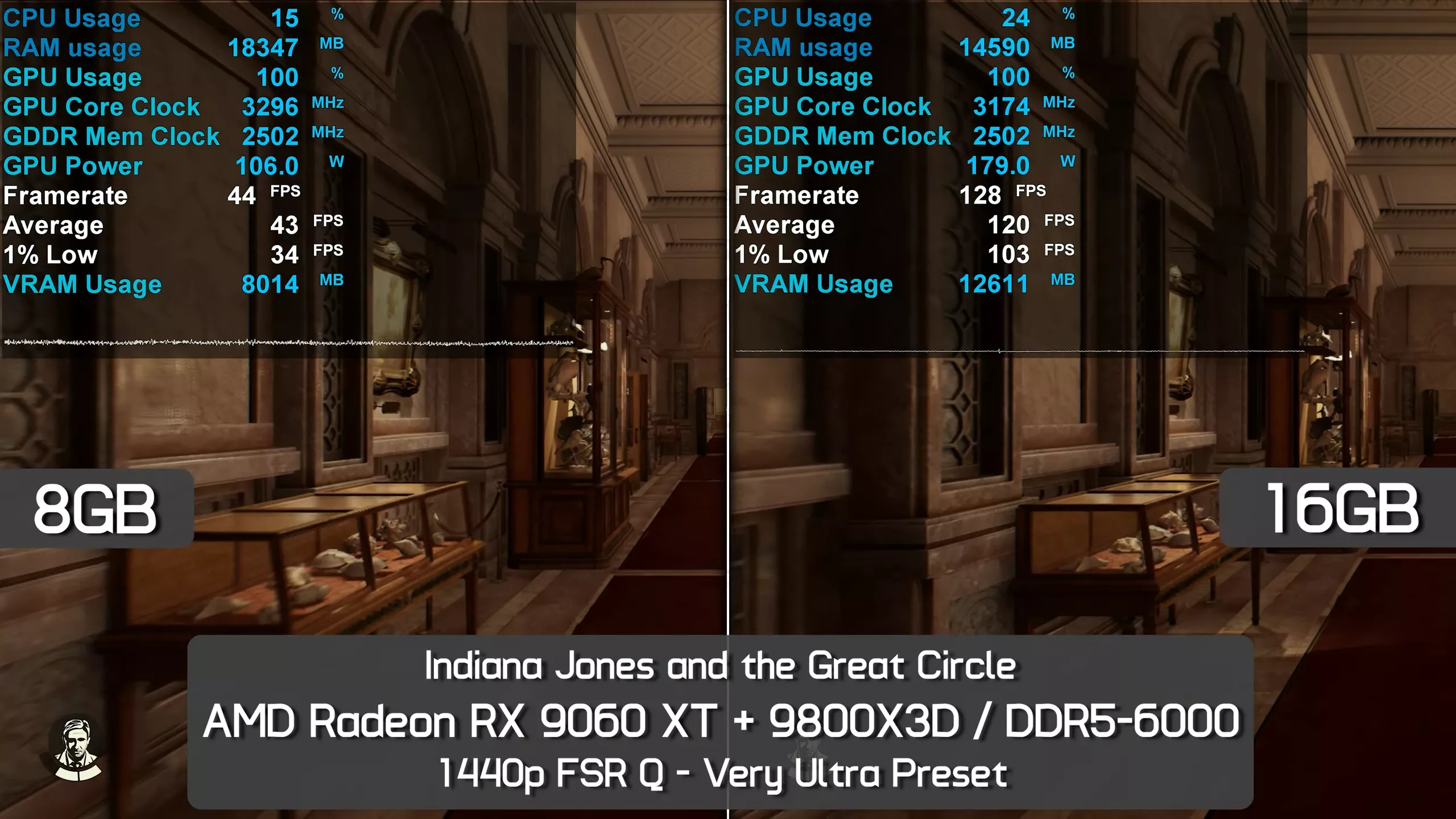
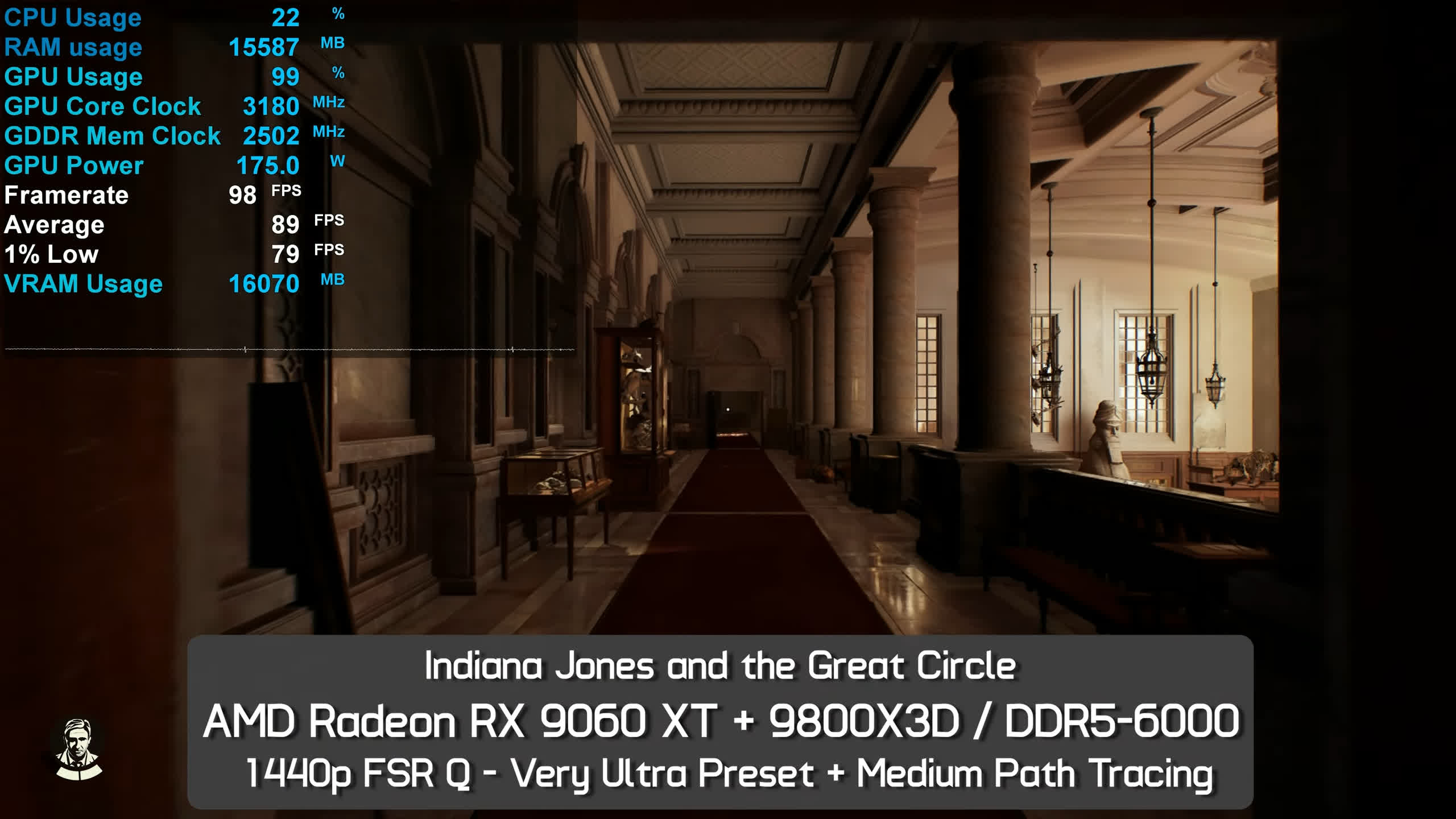
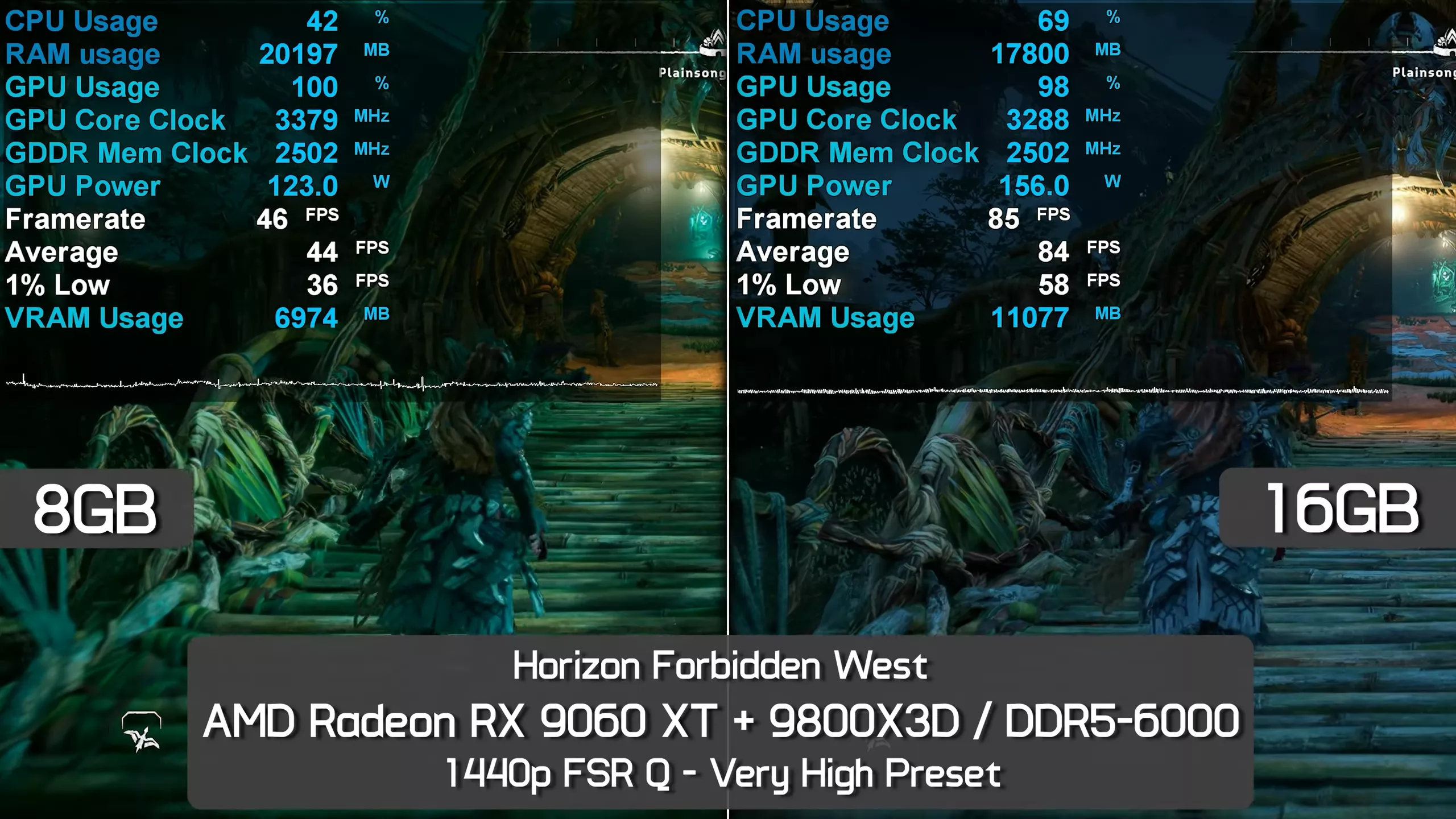
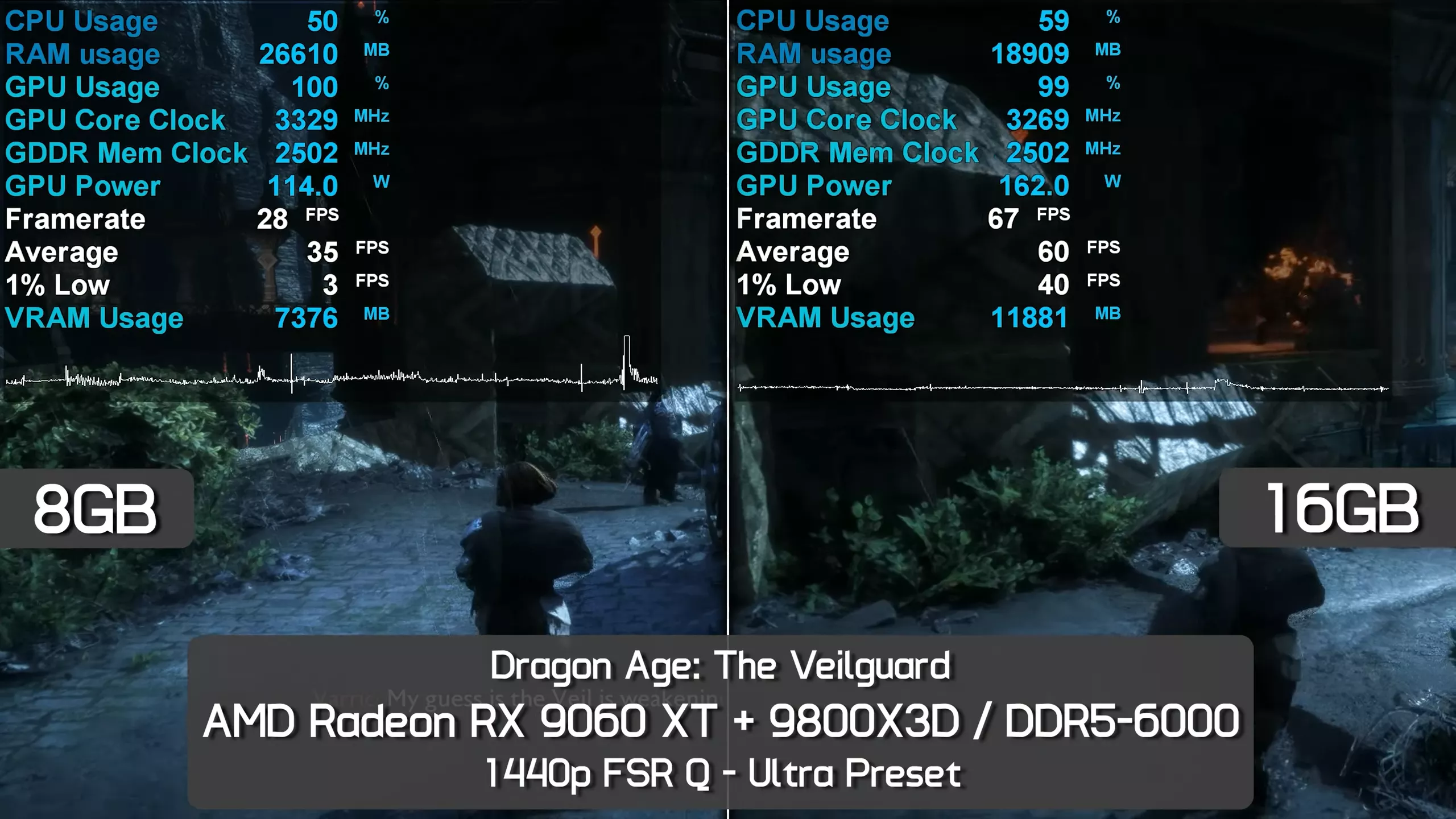
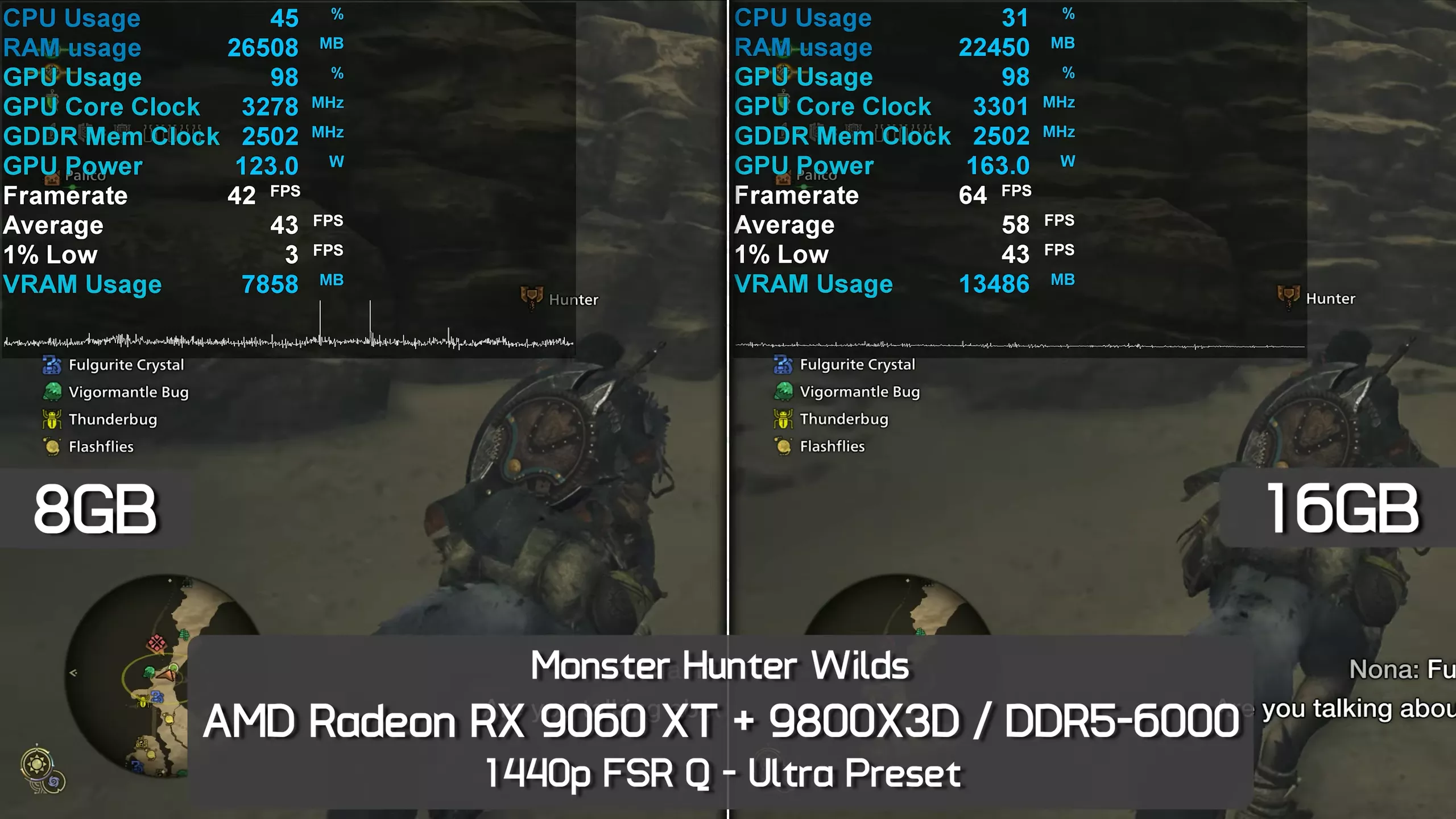
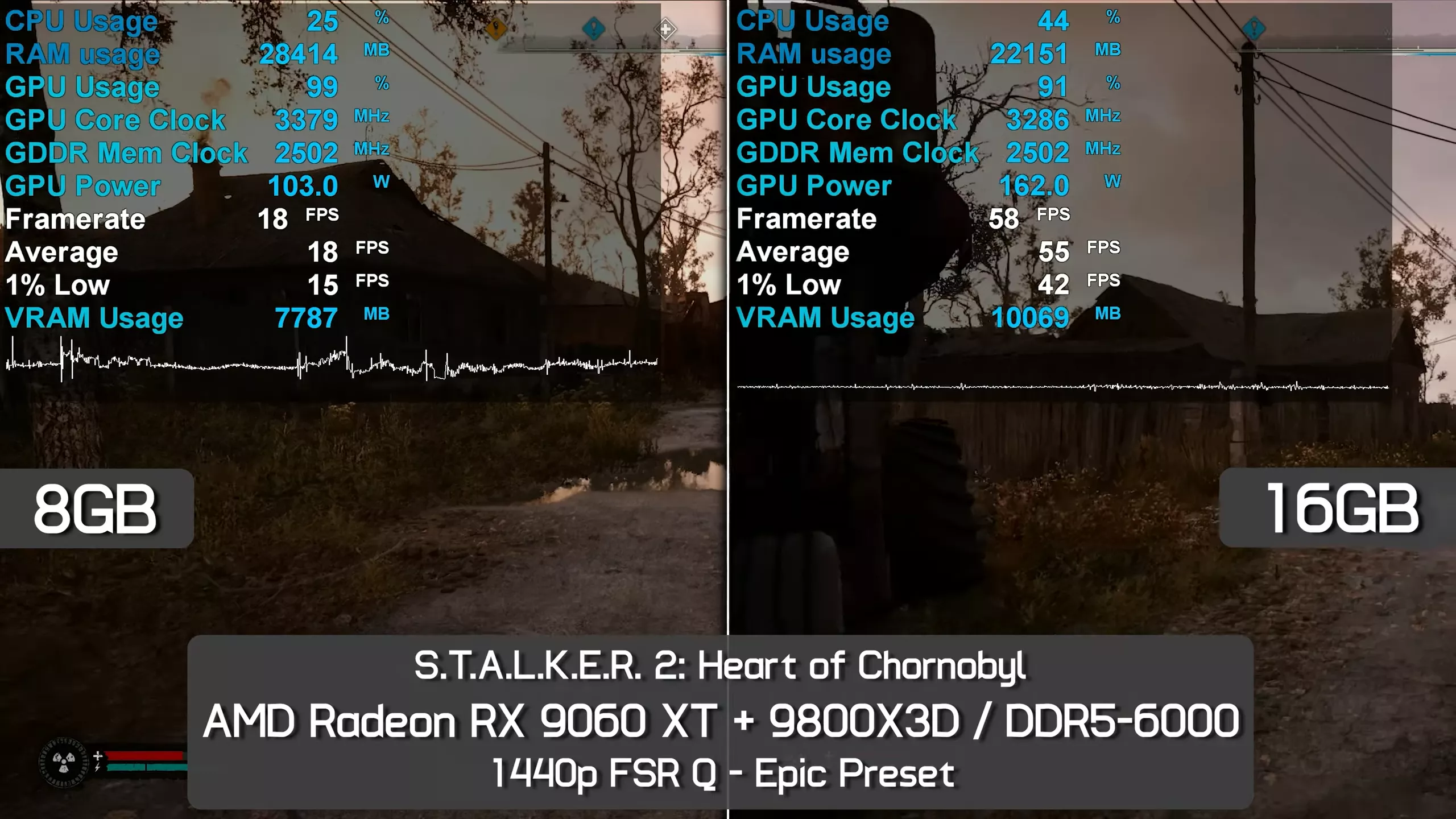
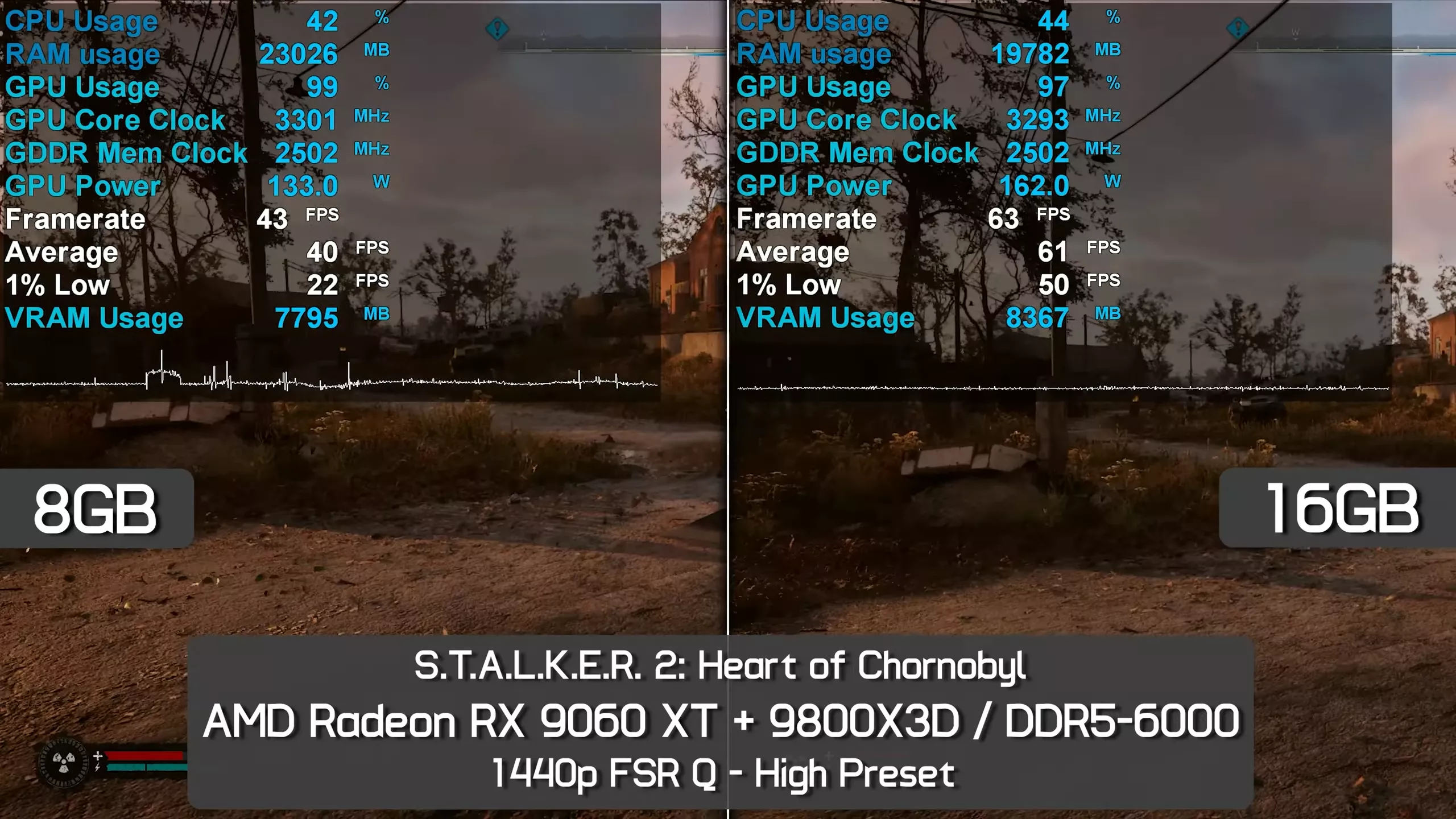
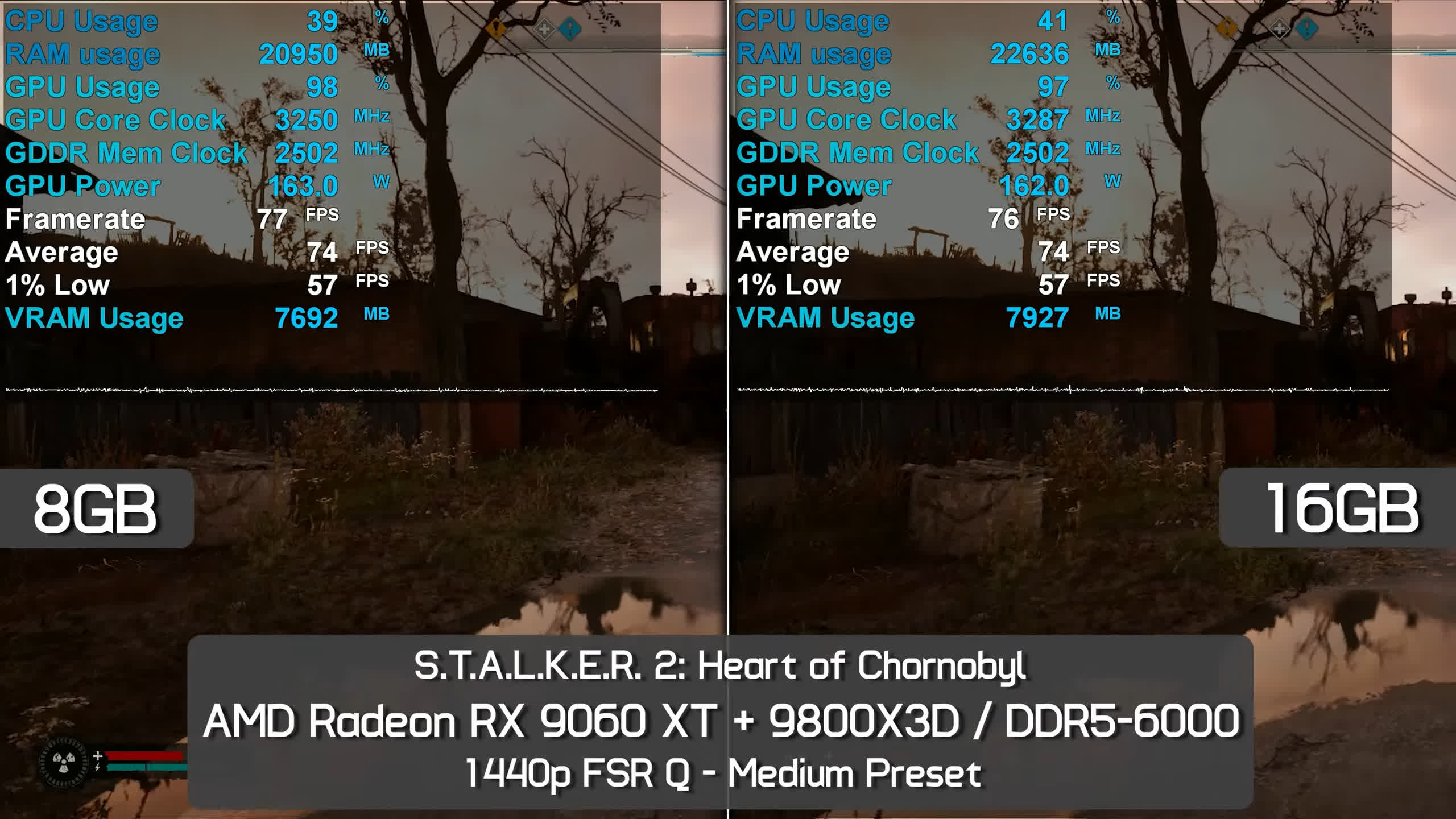
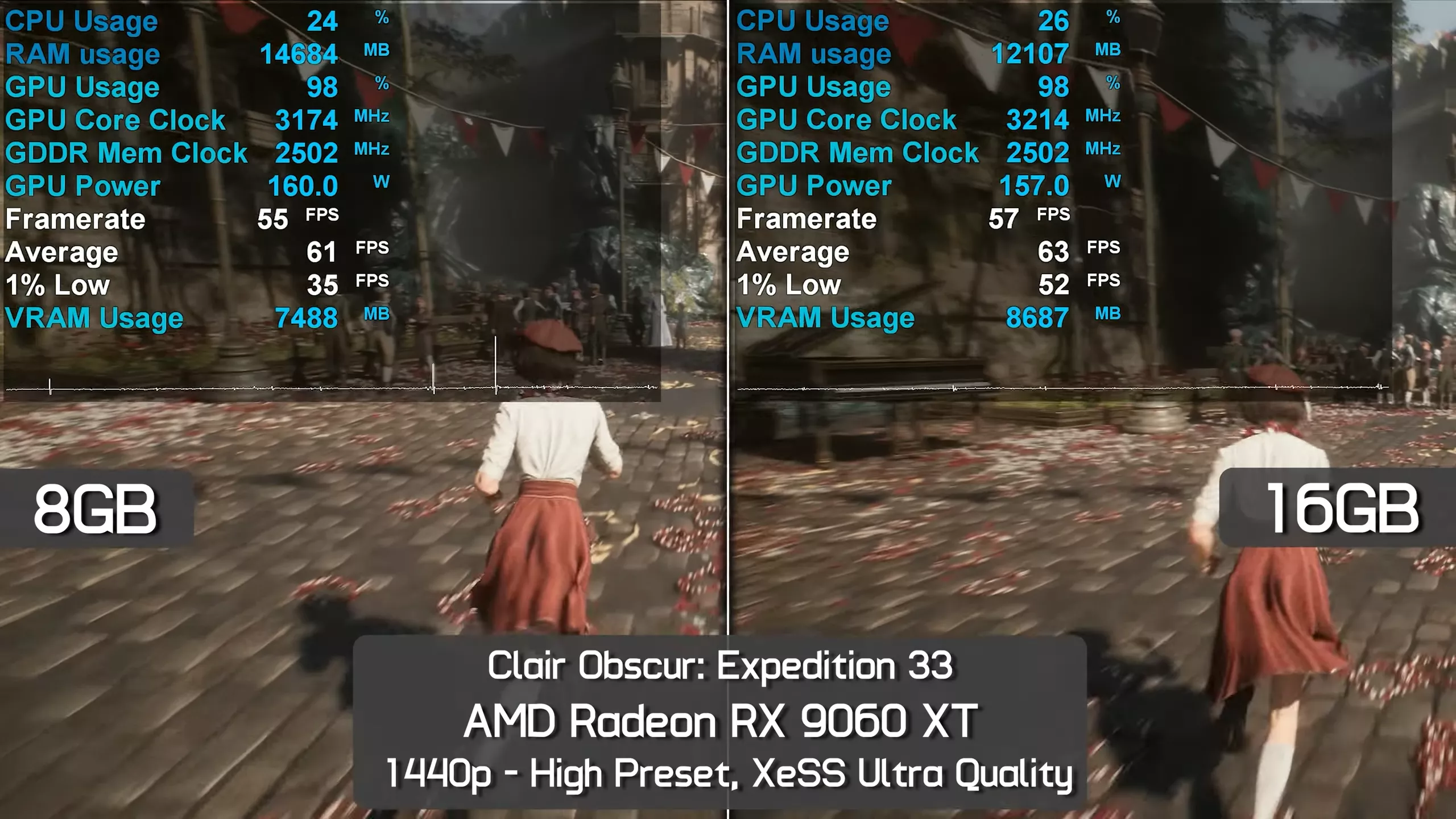
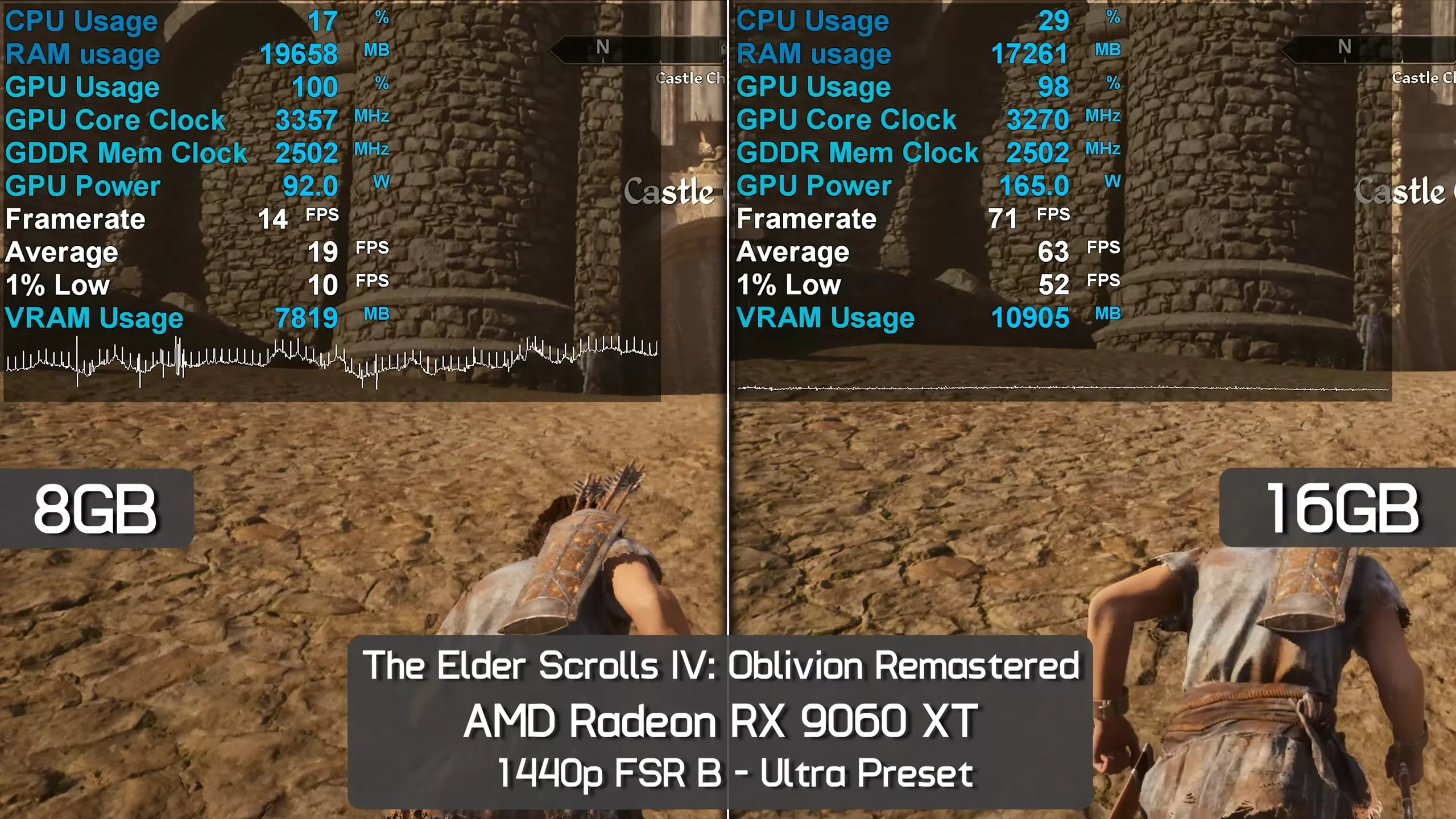
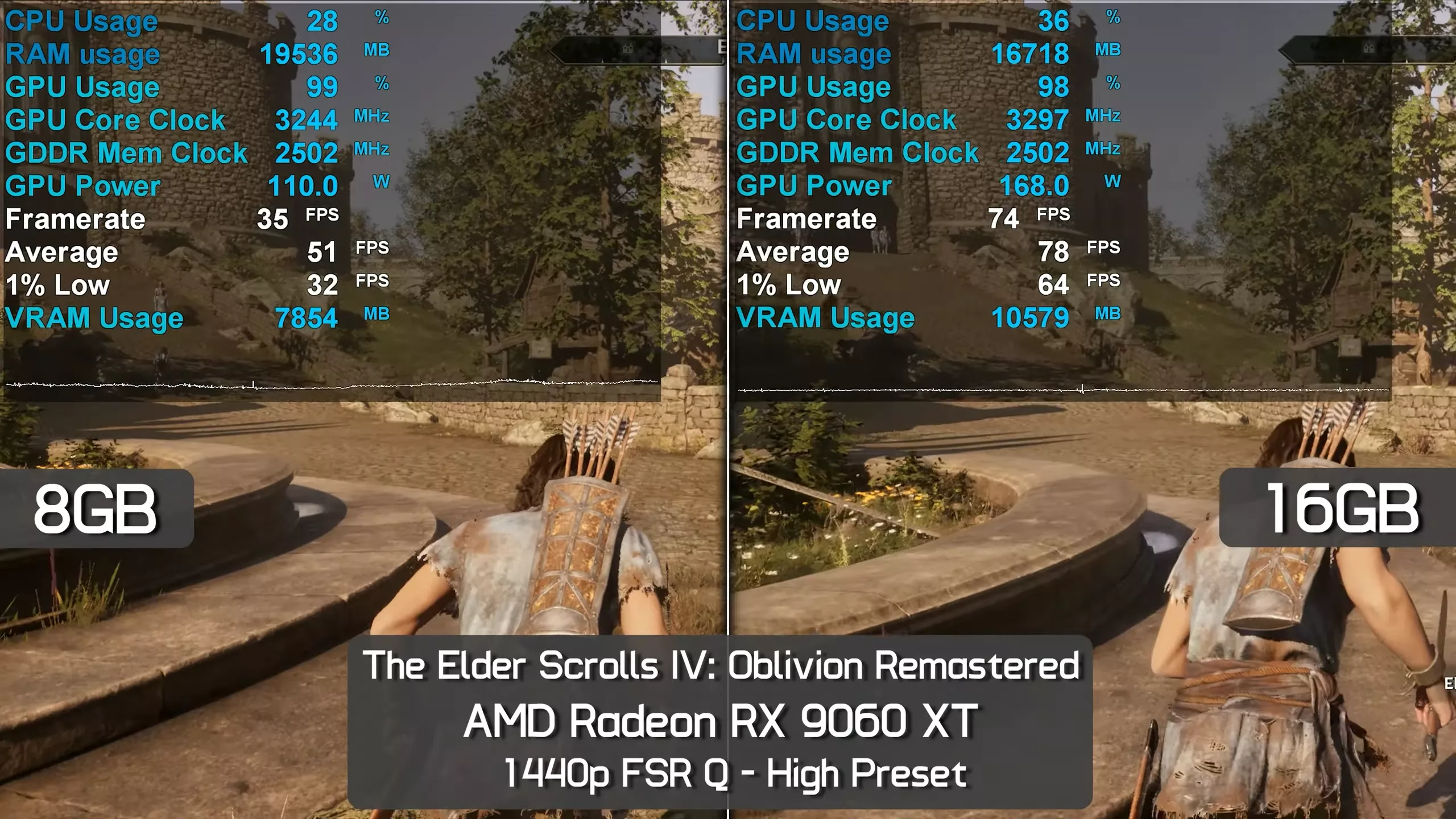
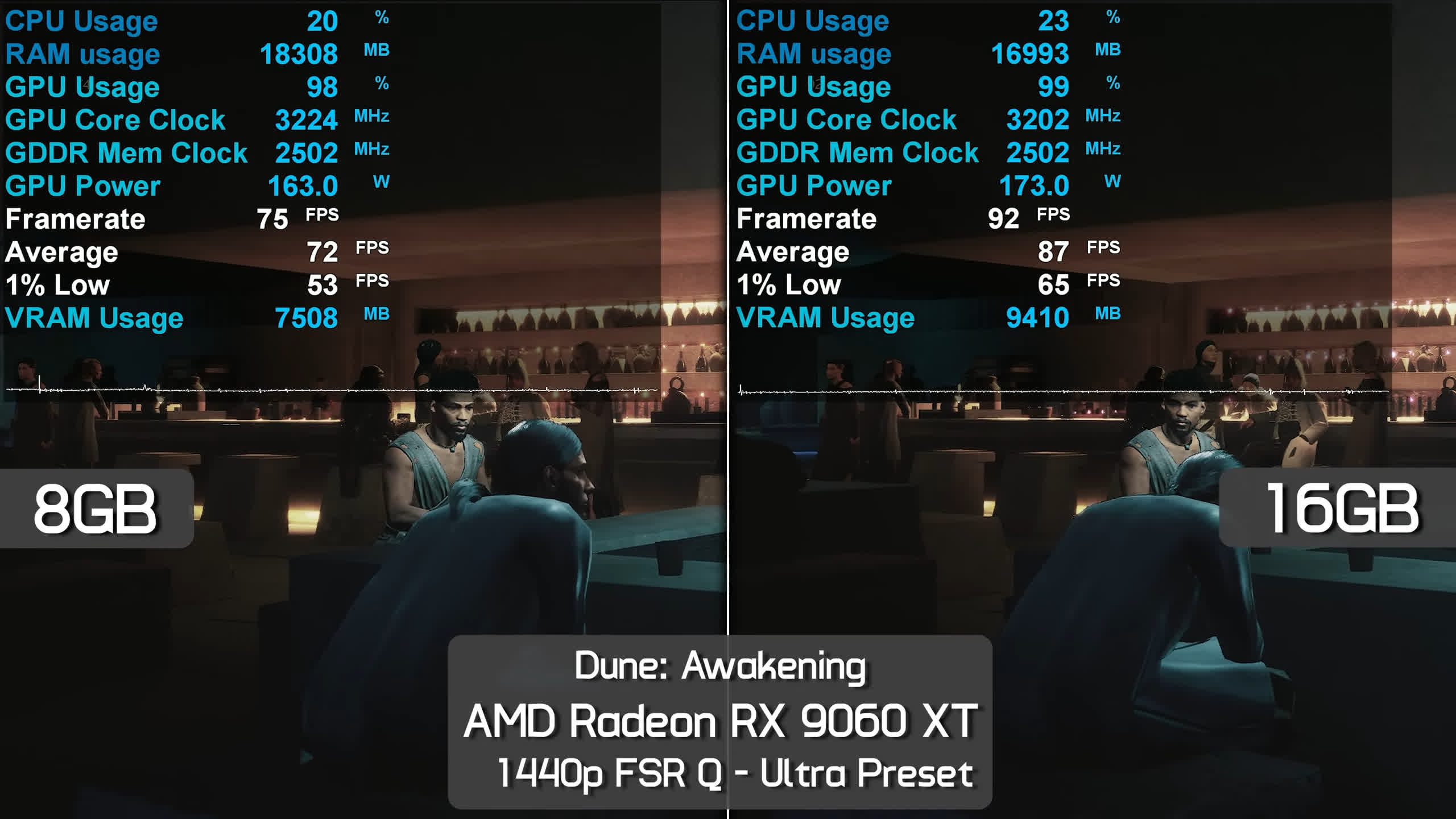
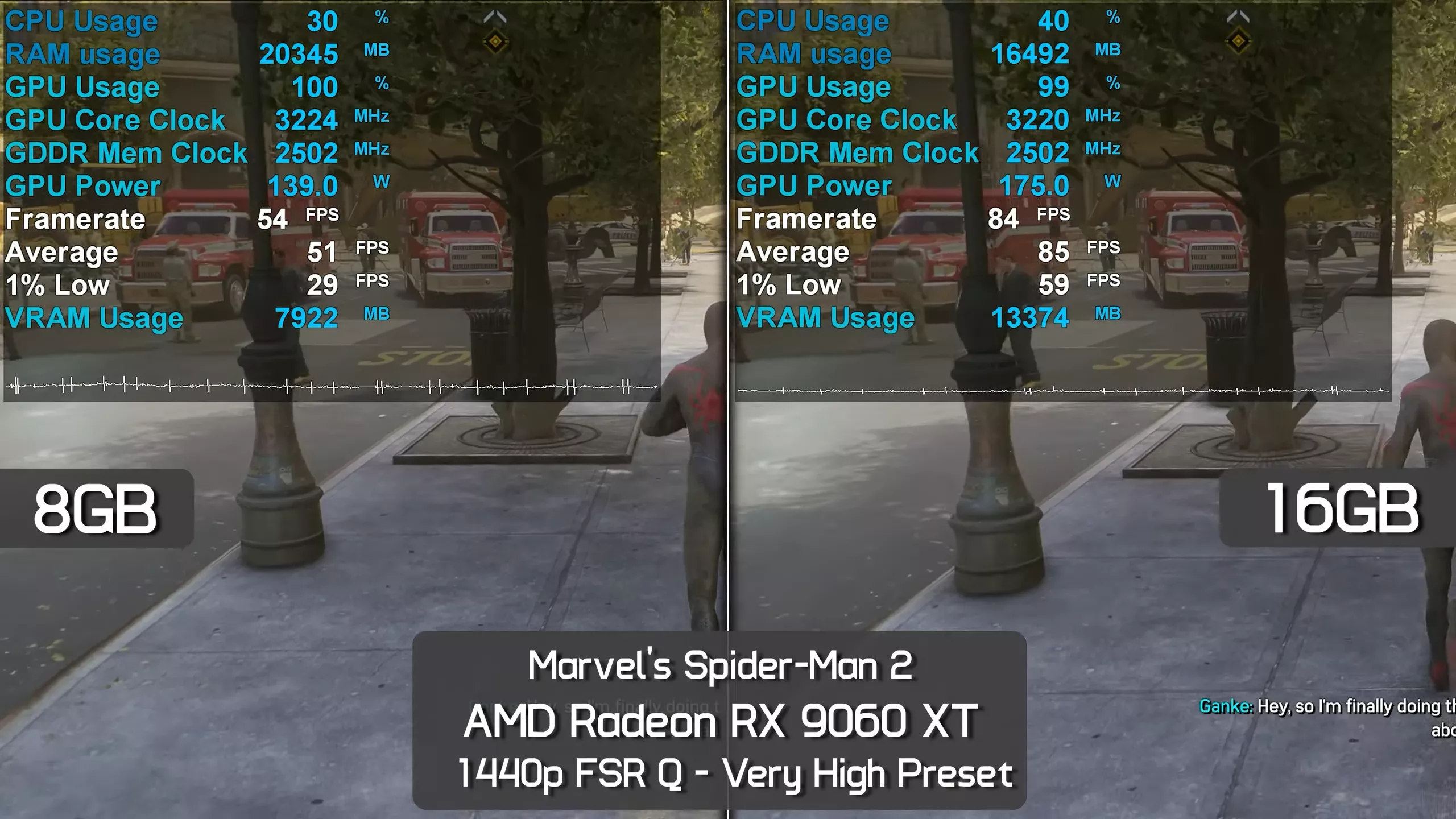
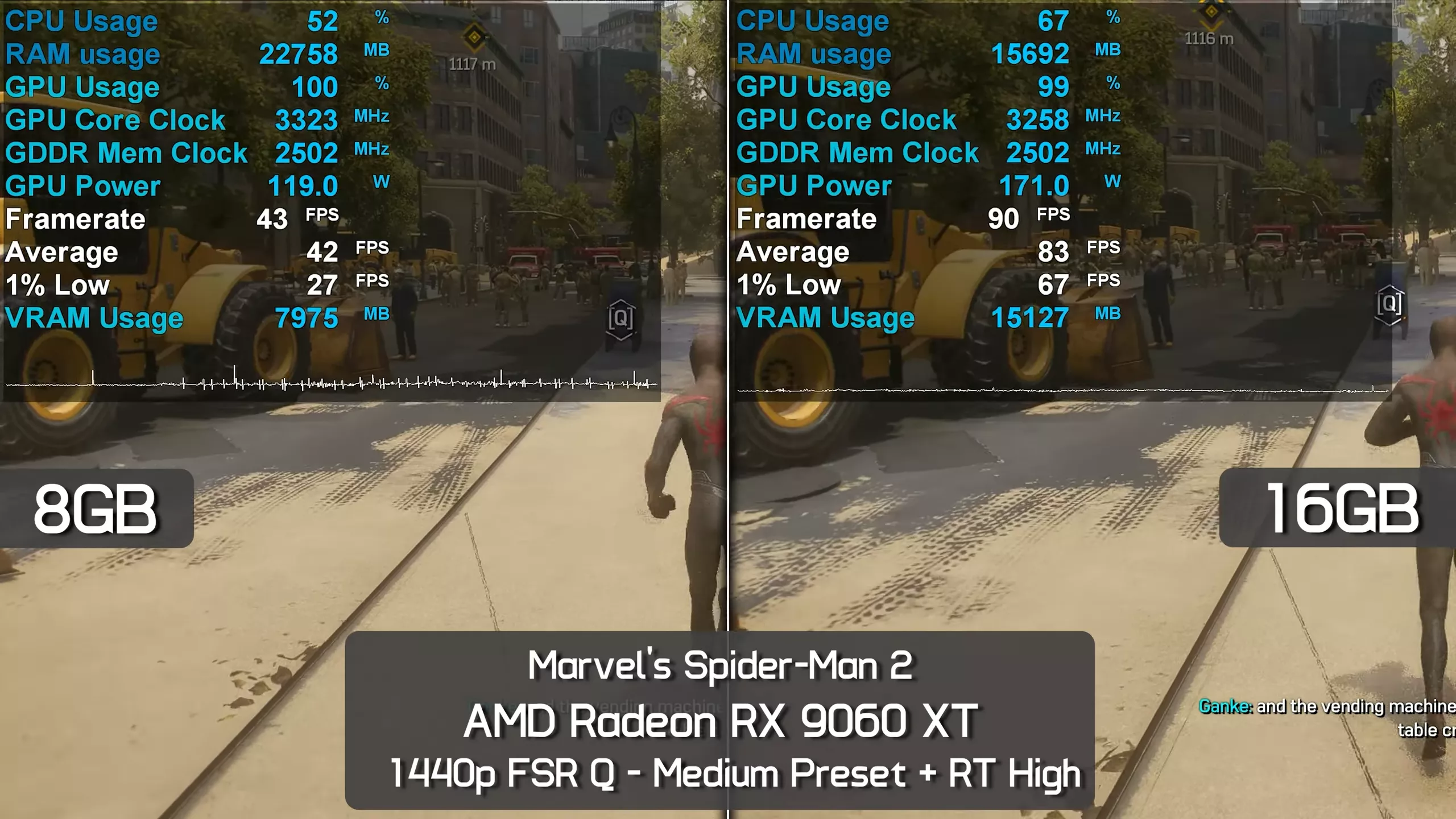
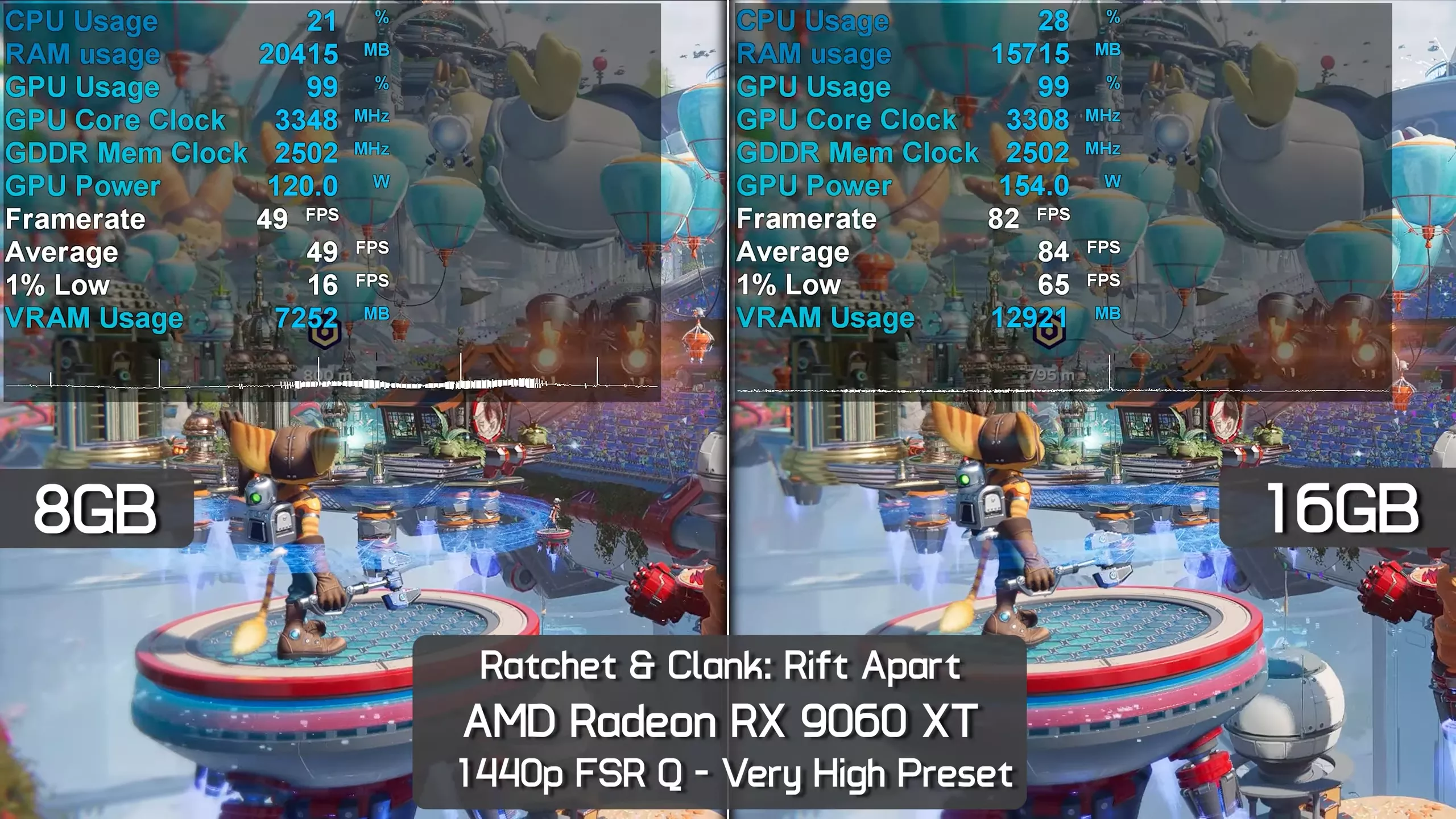
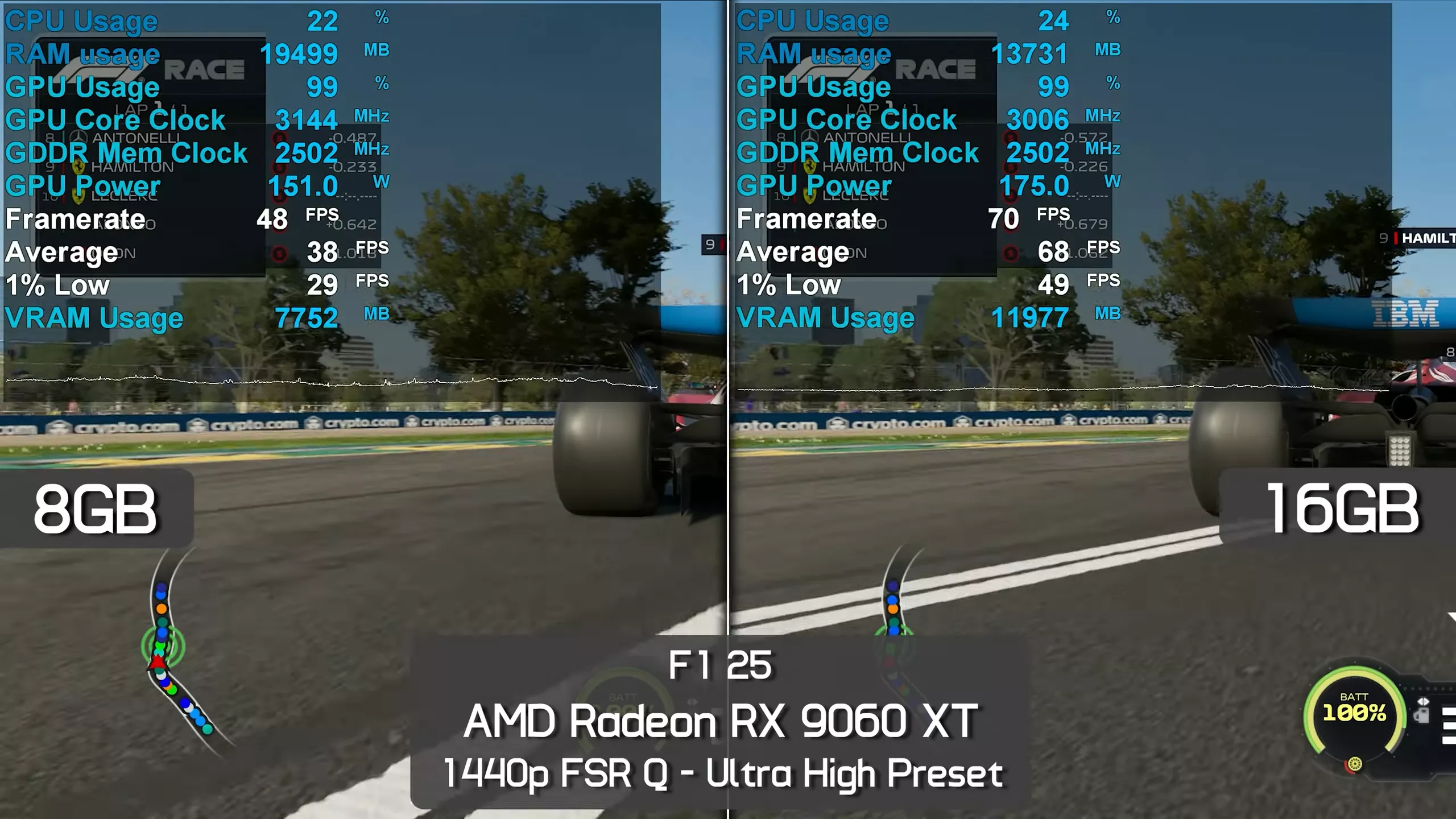
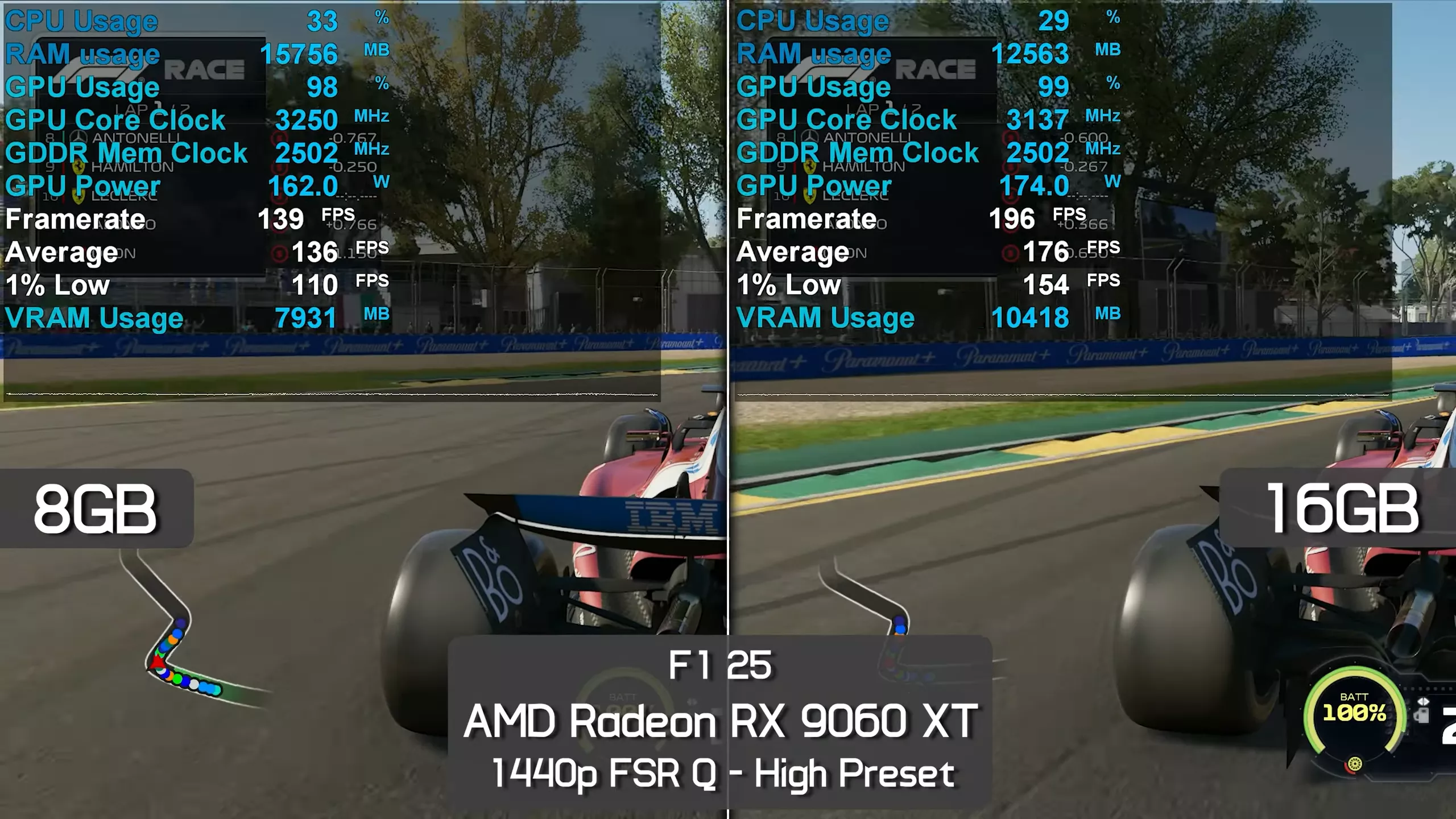
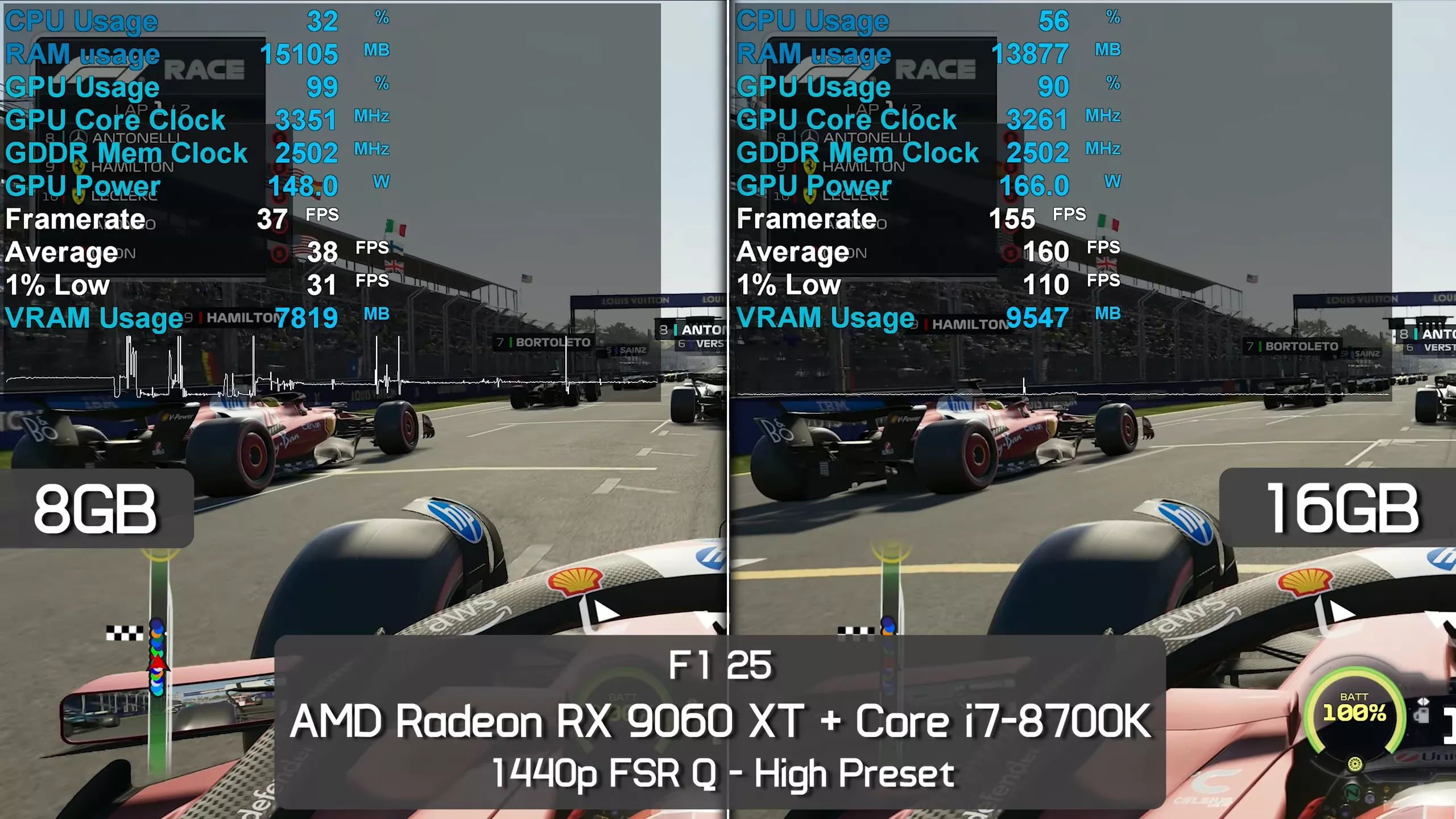
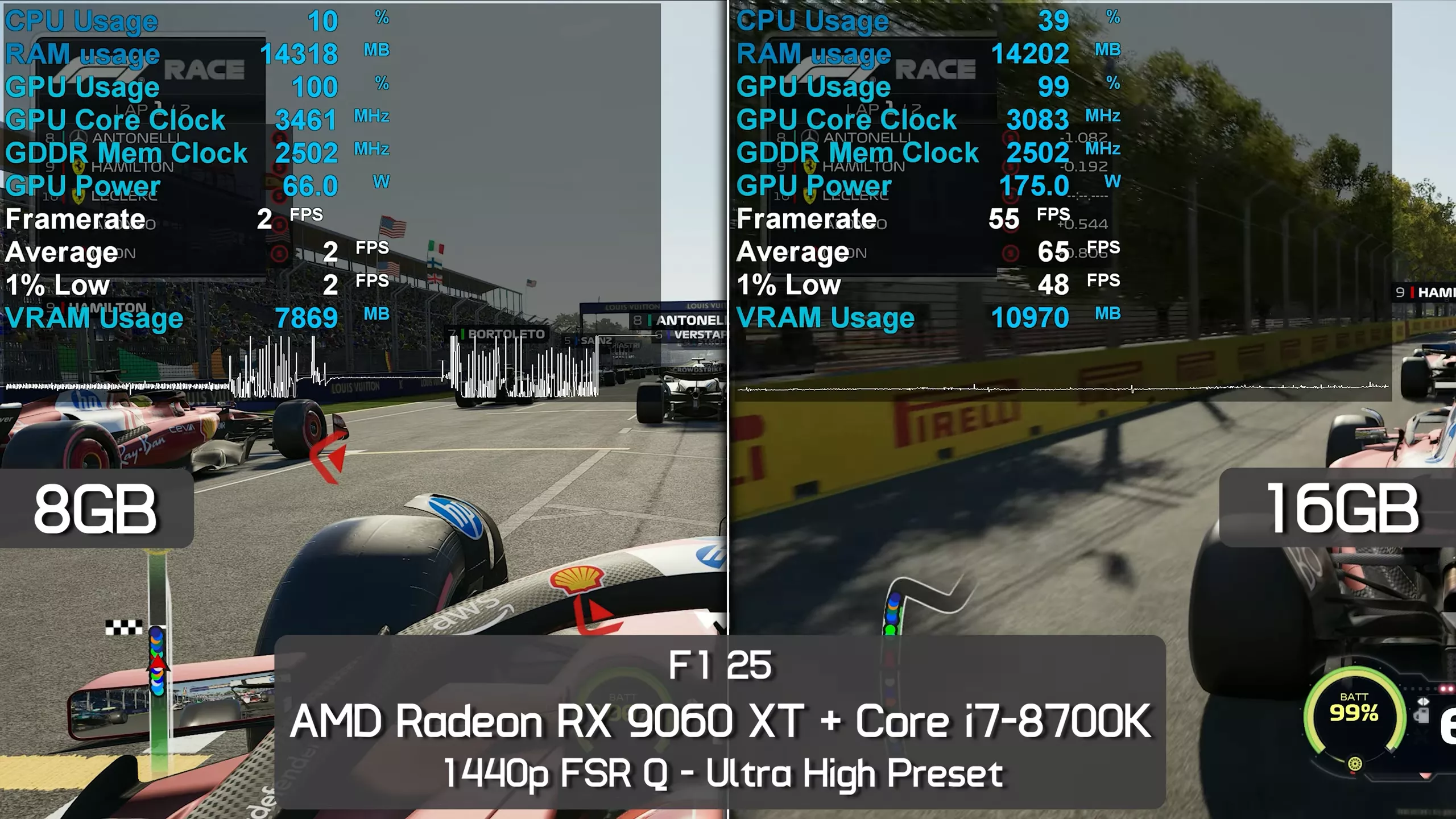
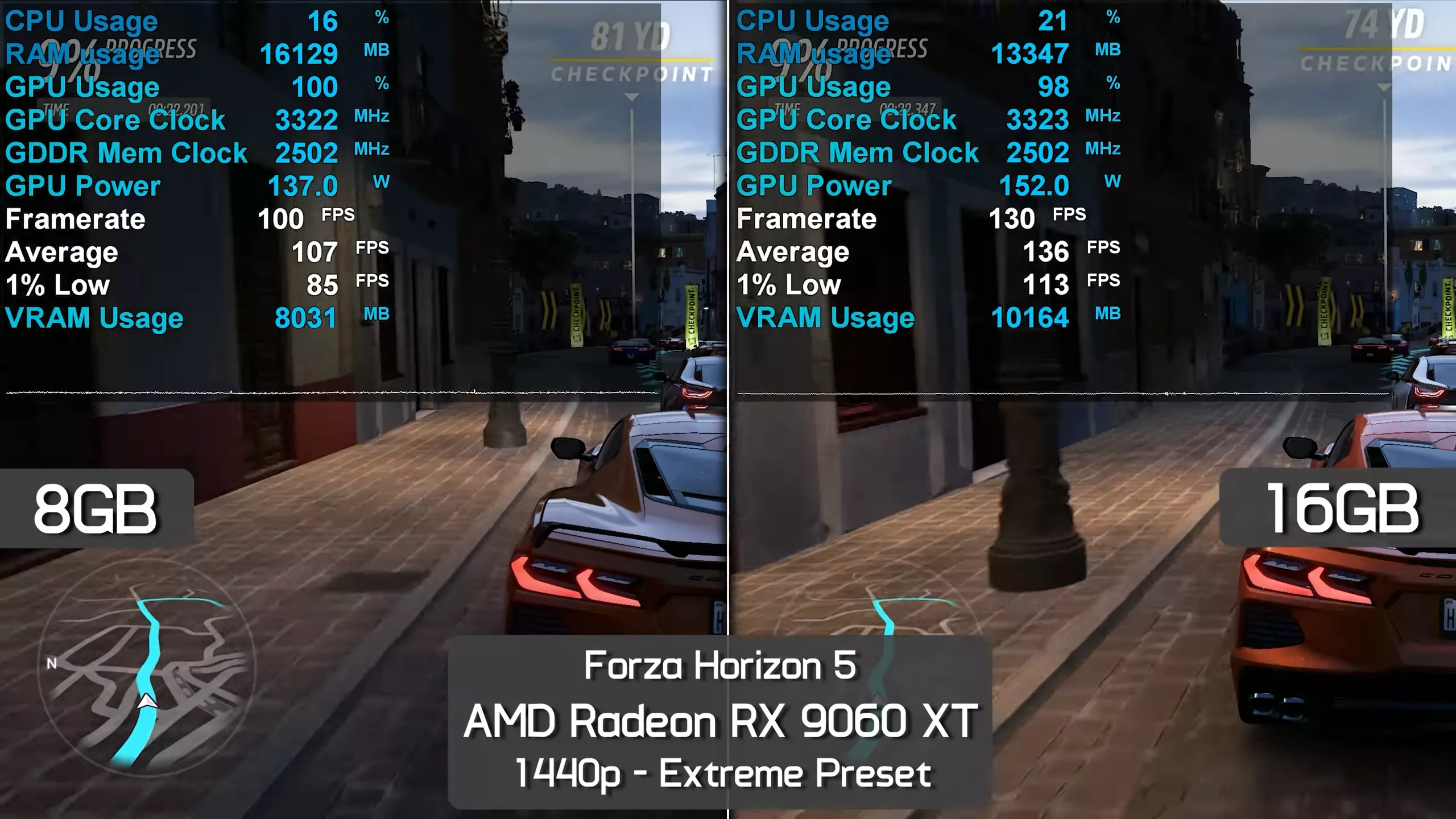
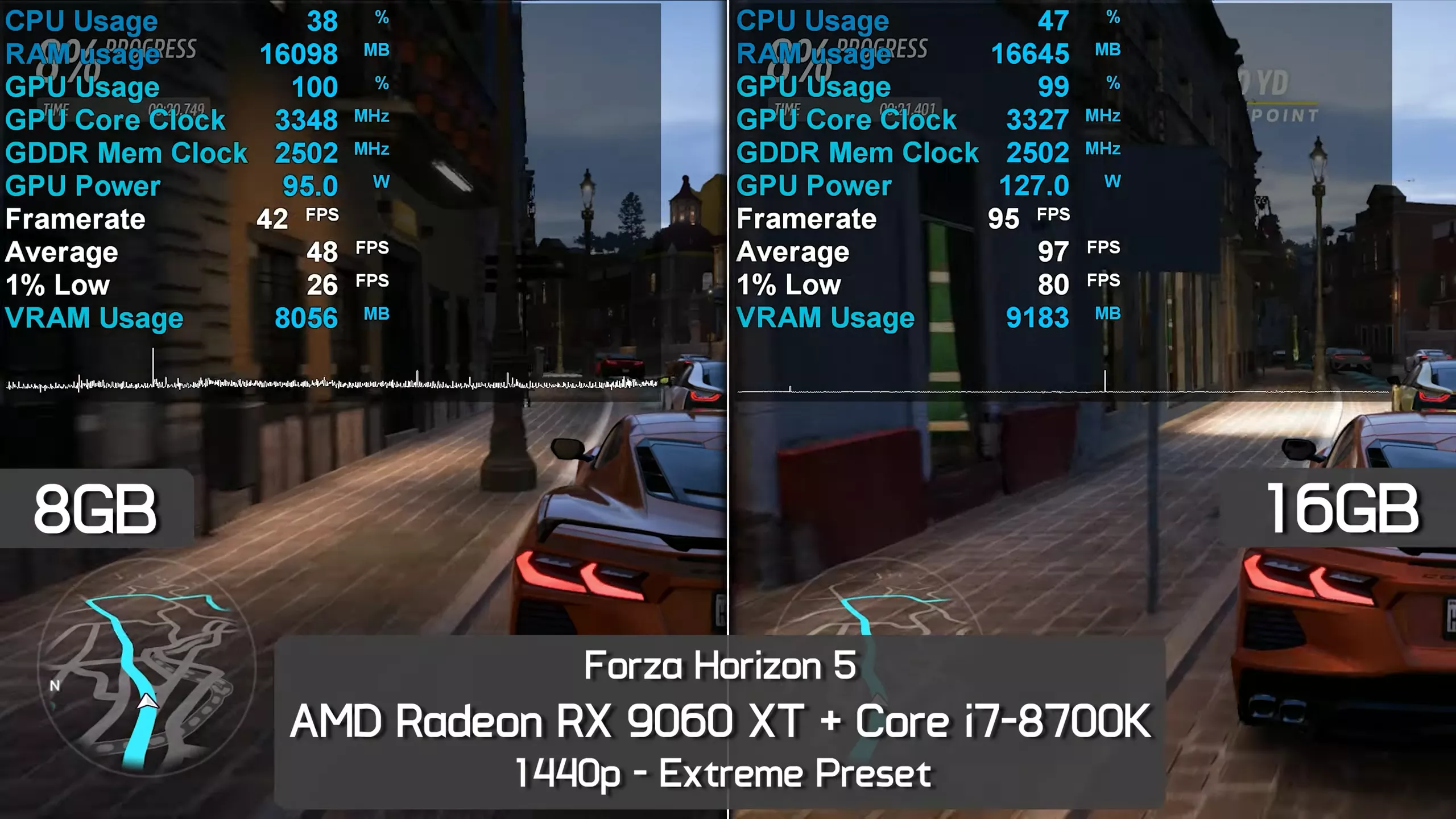
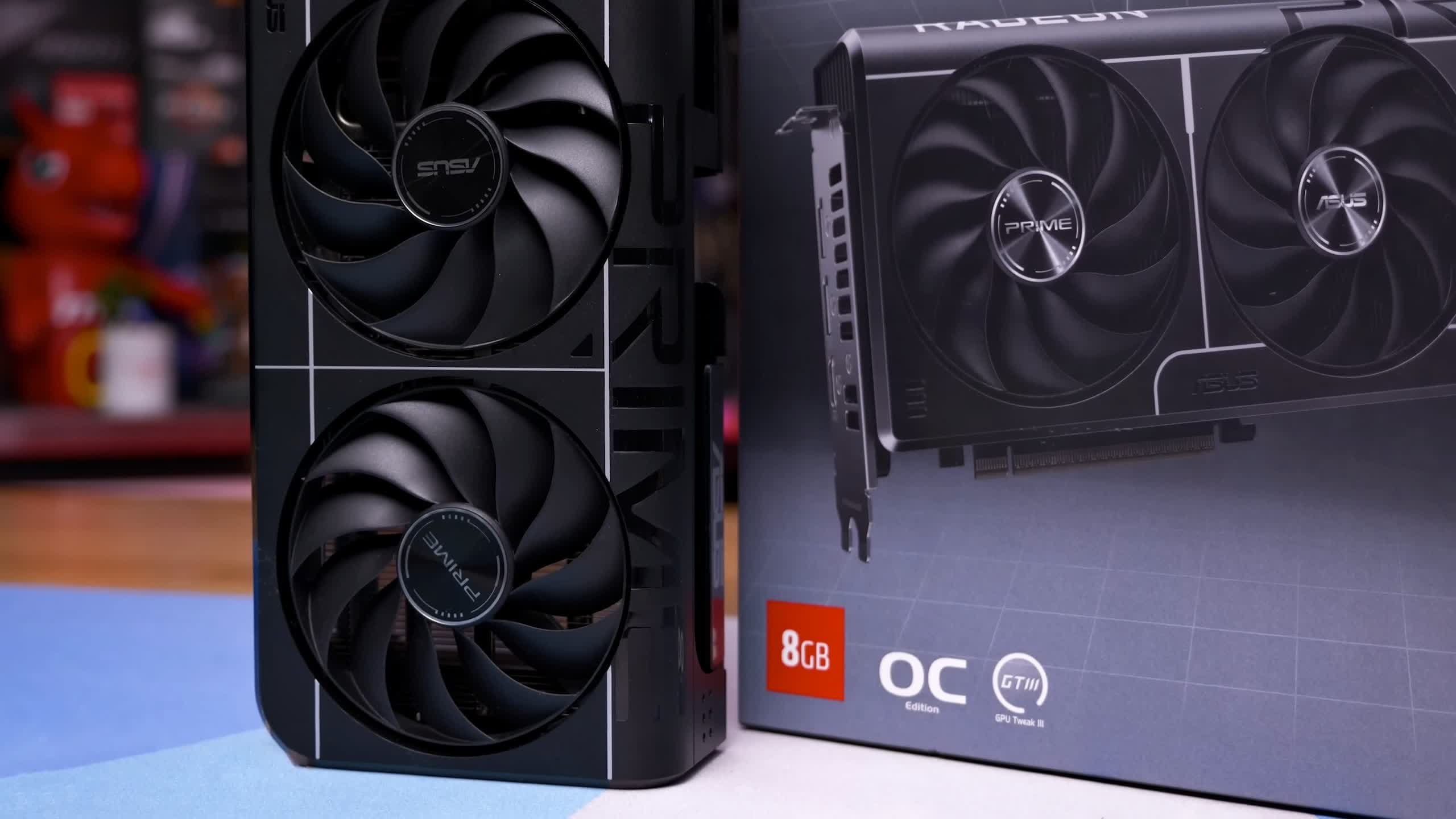
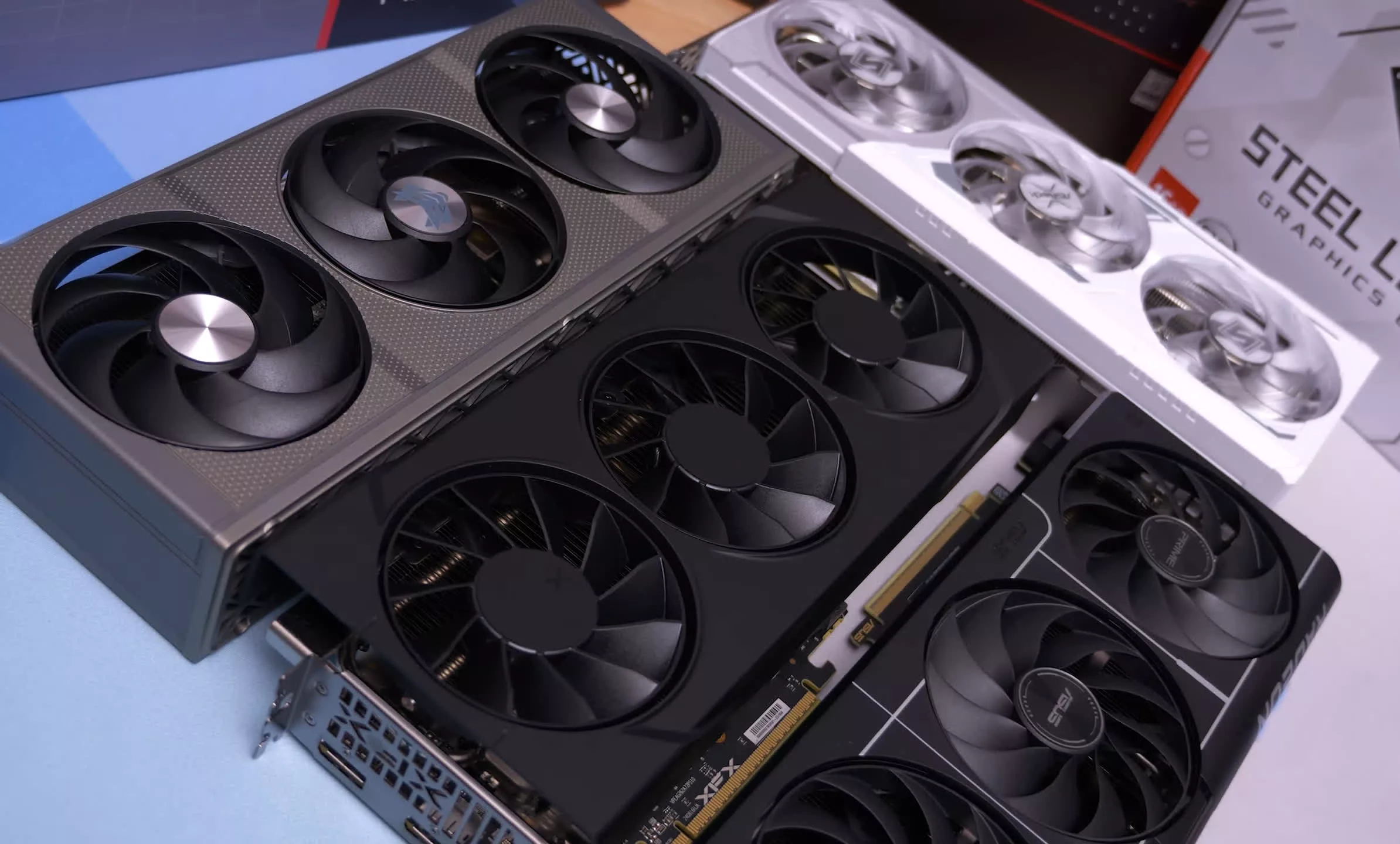
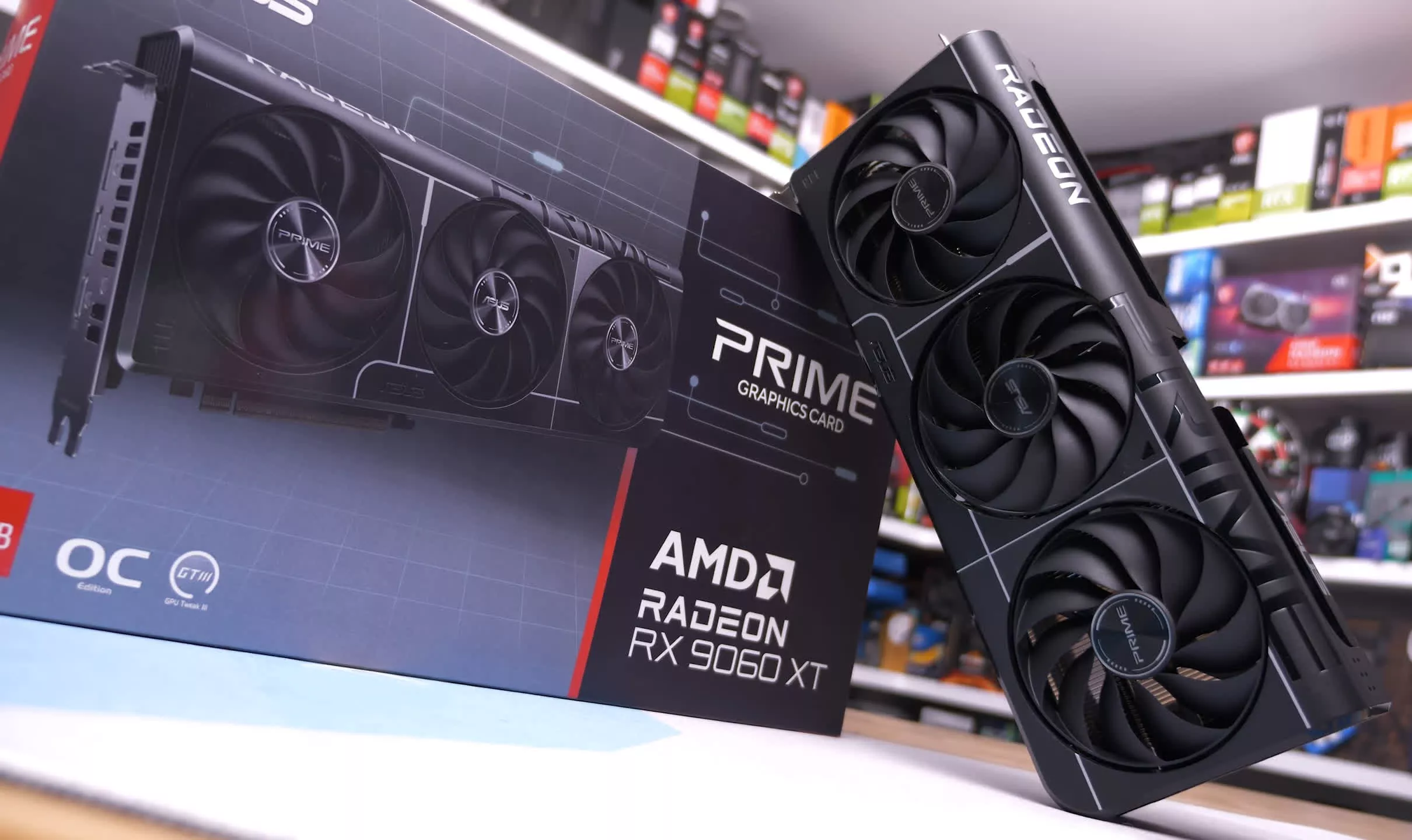
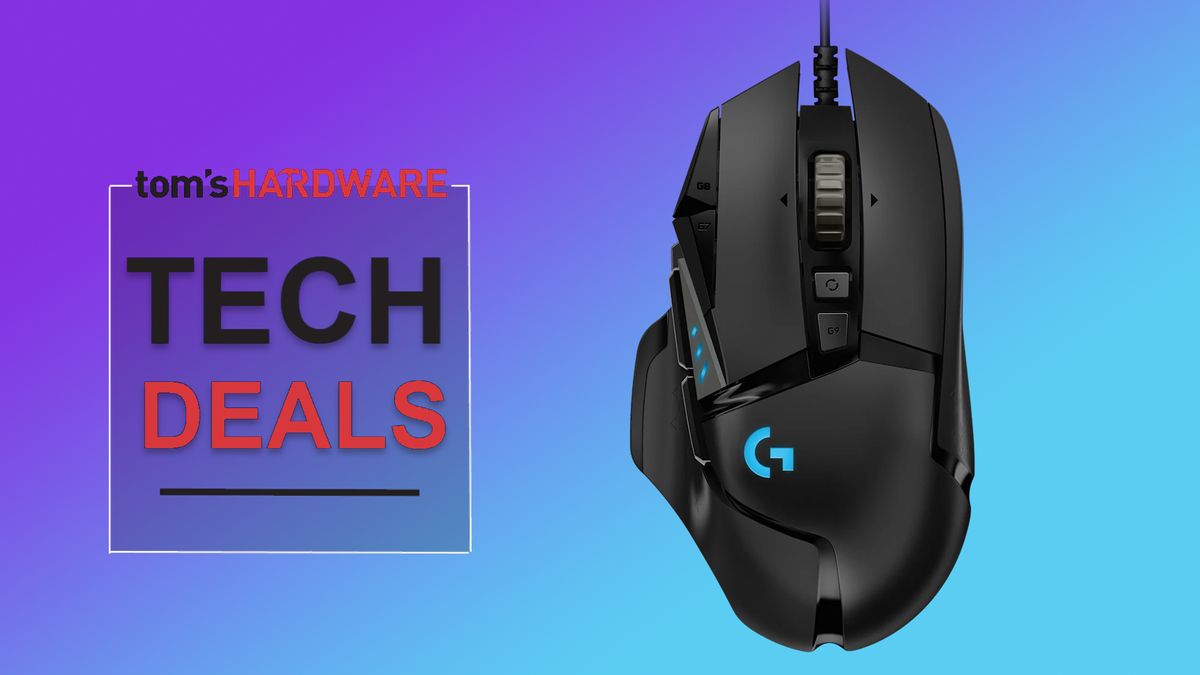
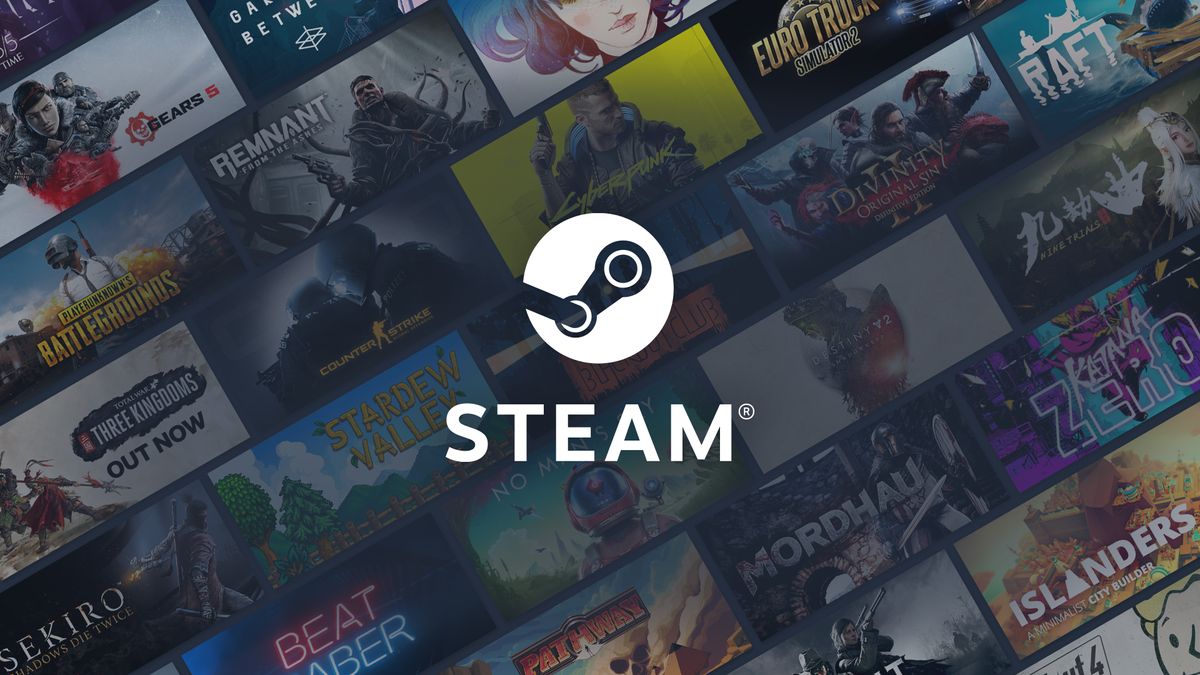
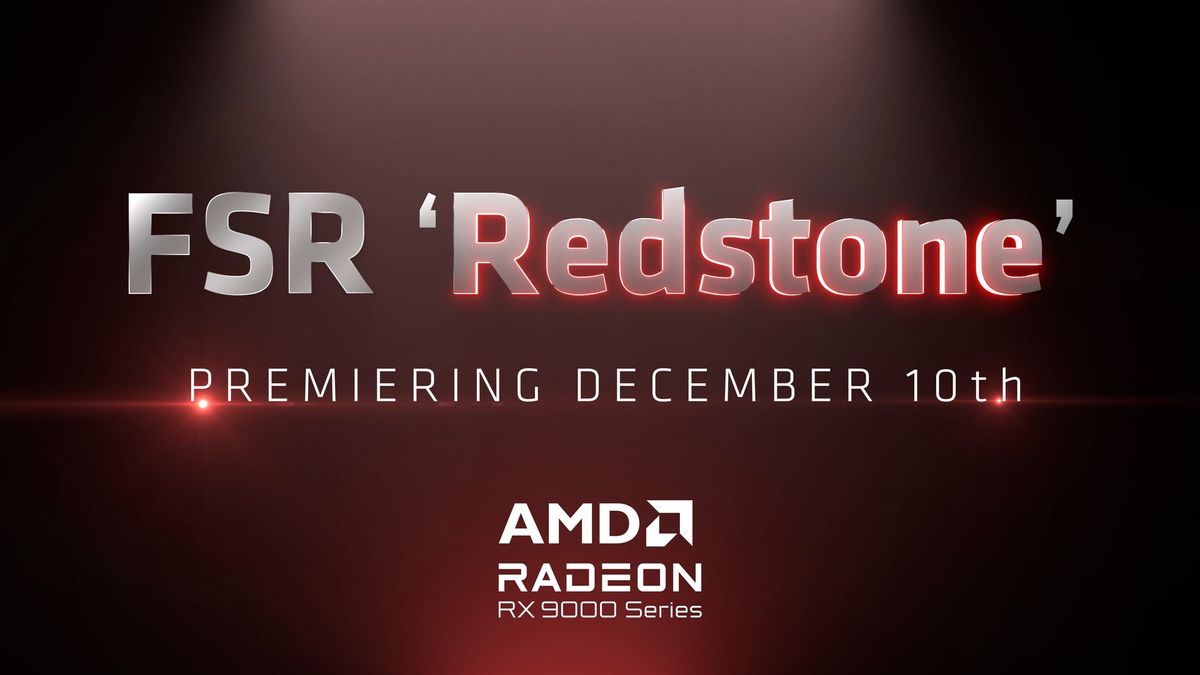
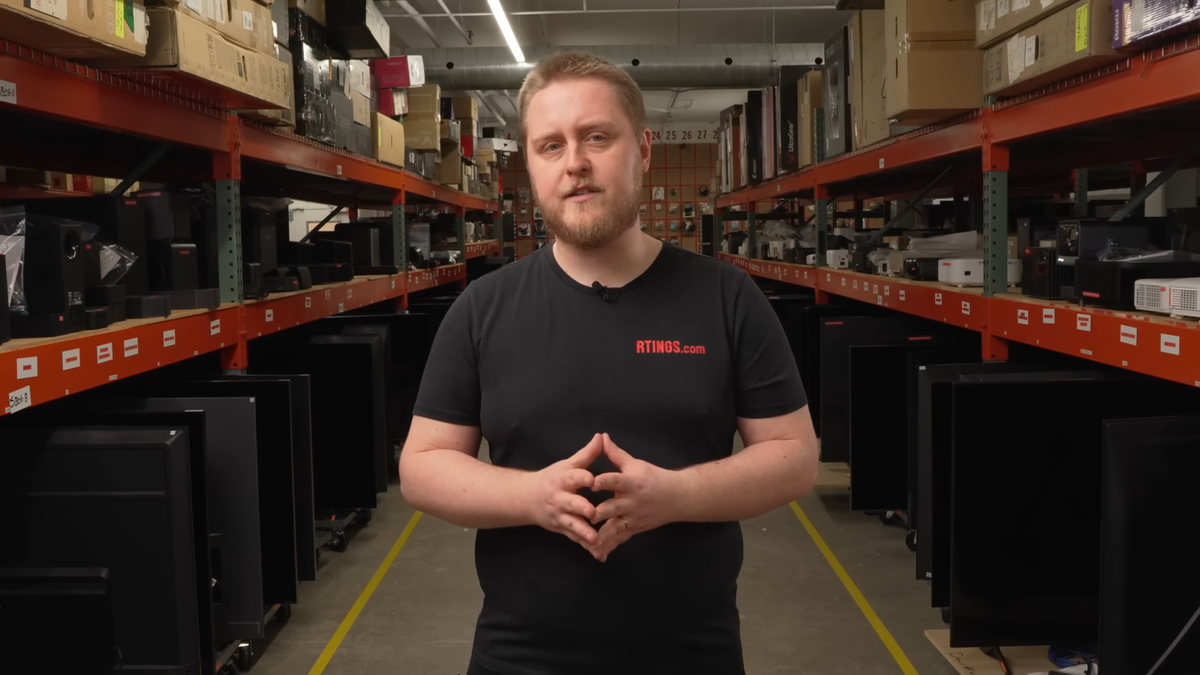


 English (US) ·
English (US) ·